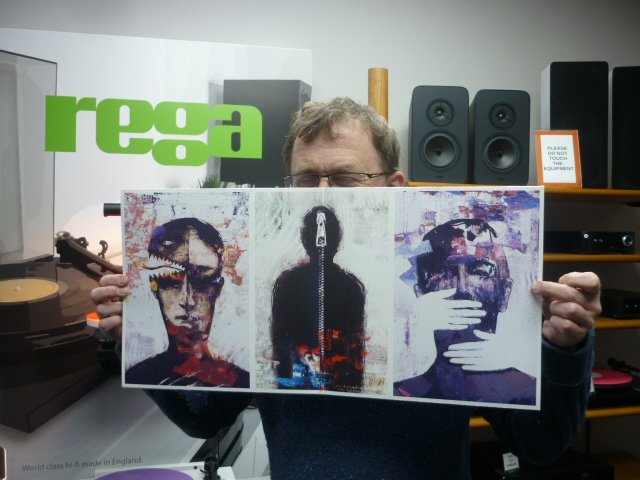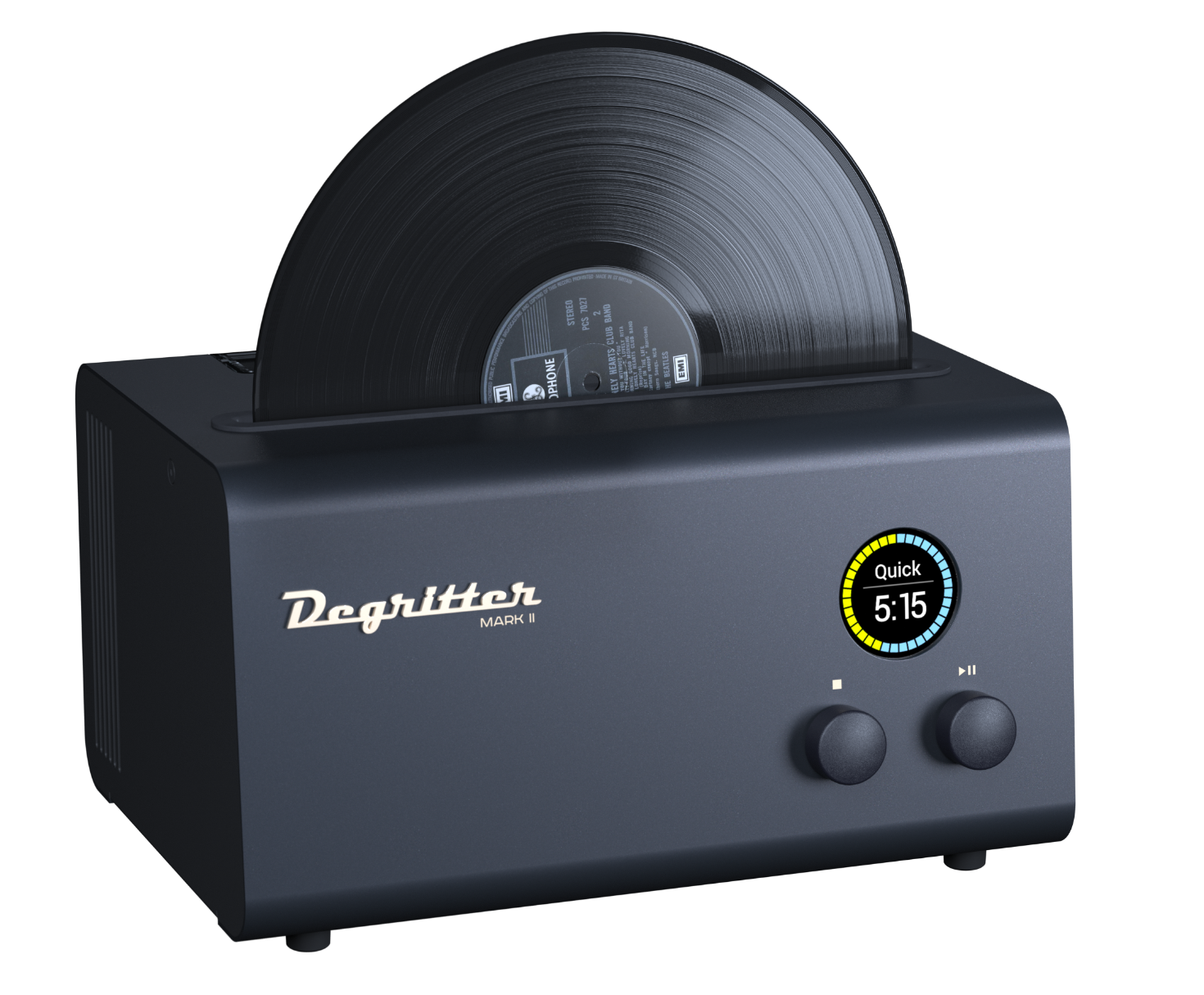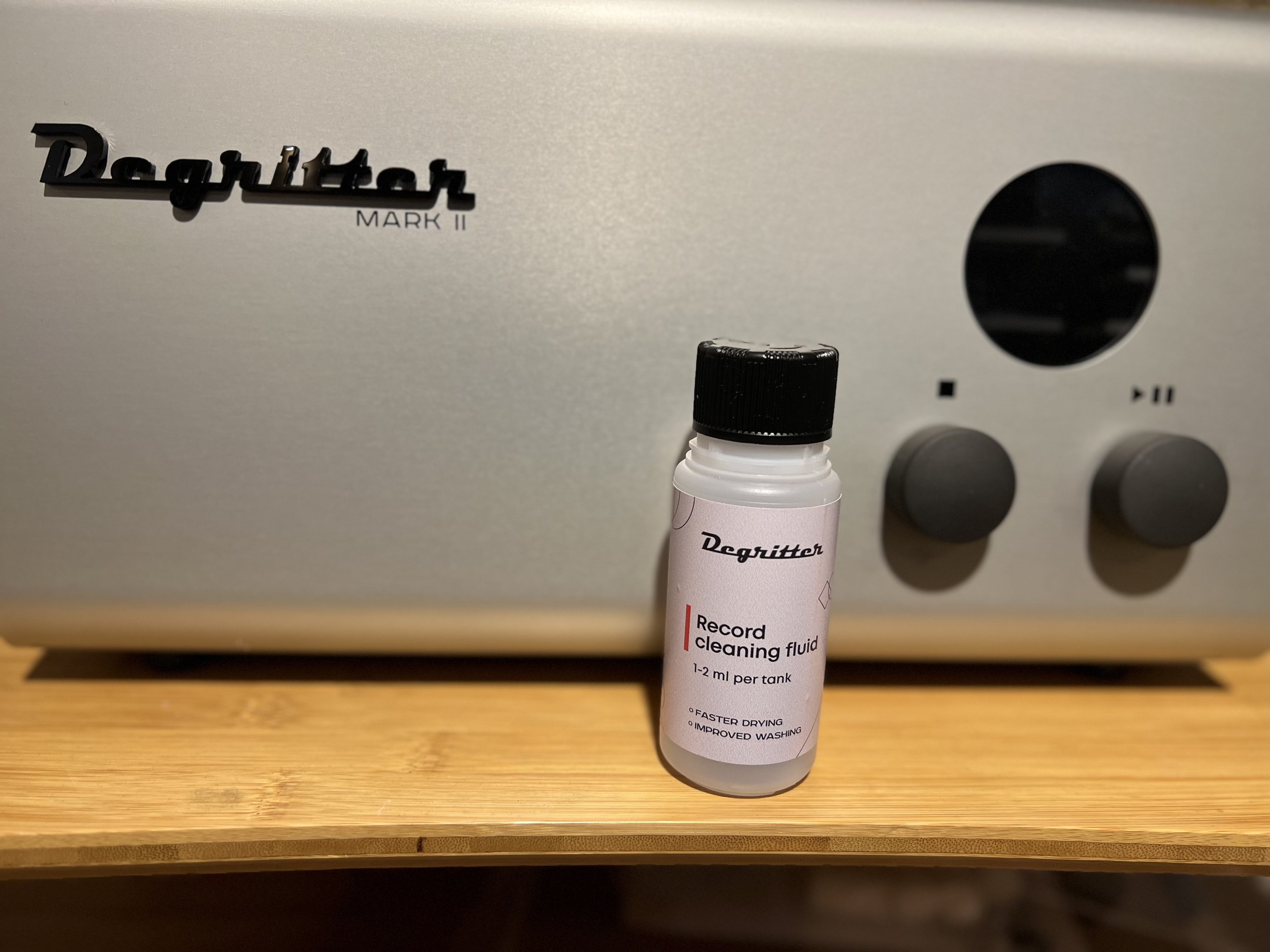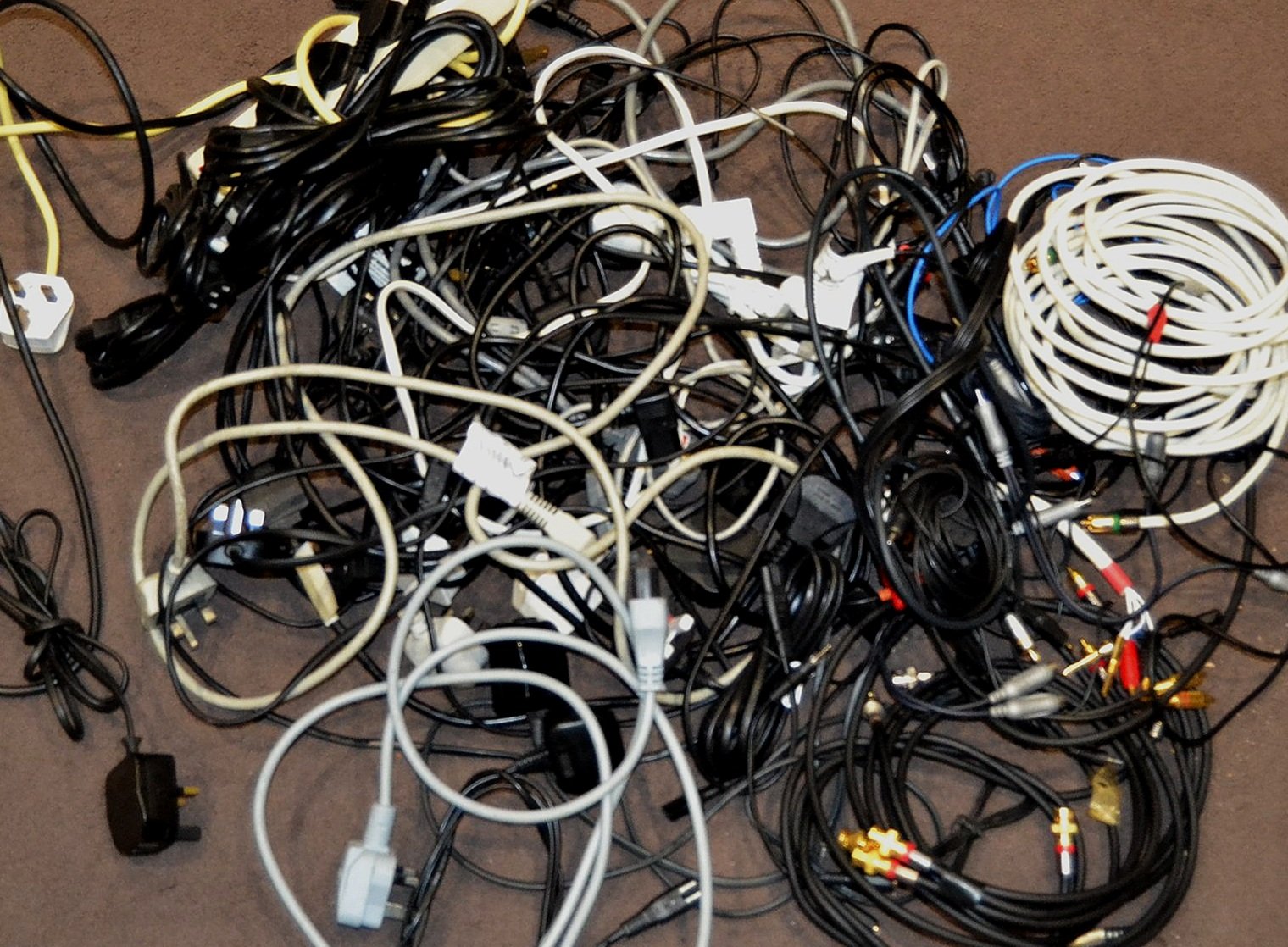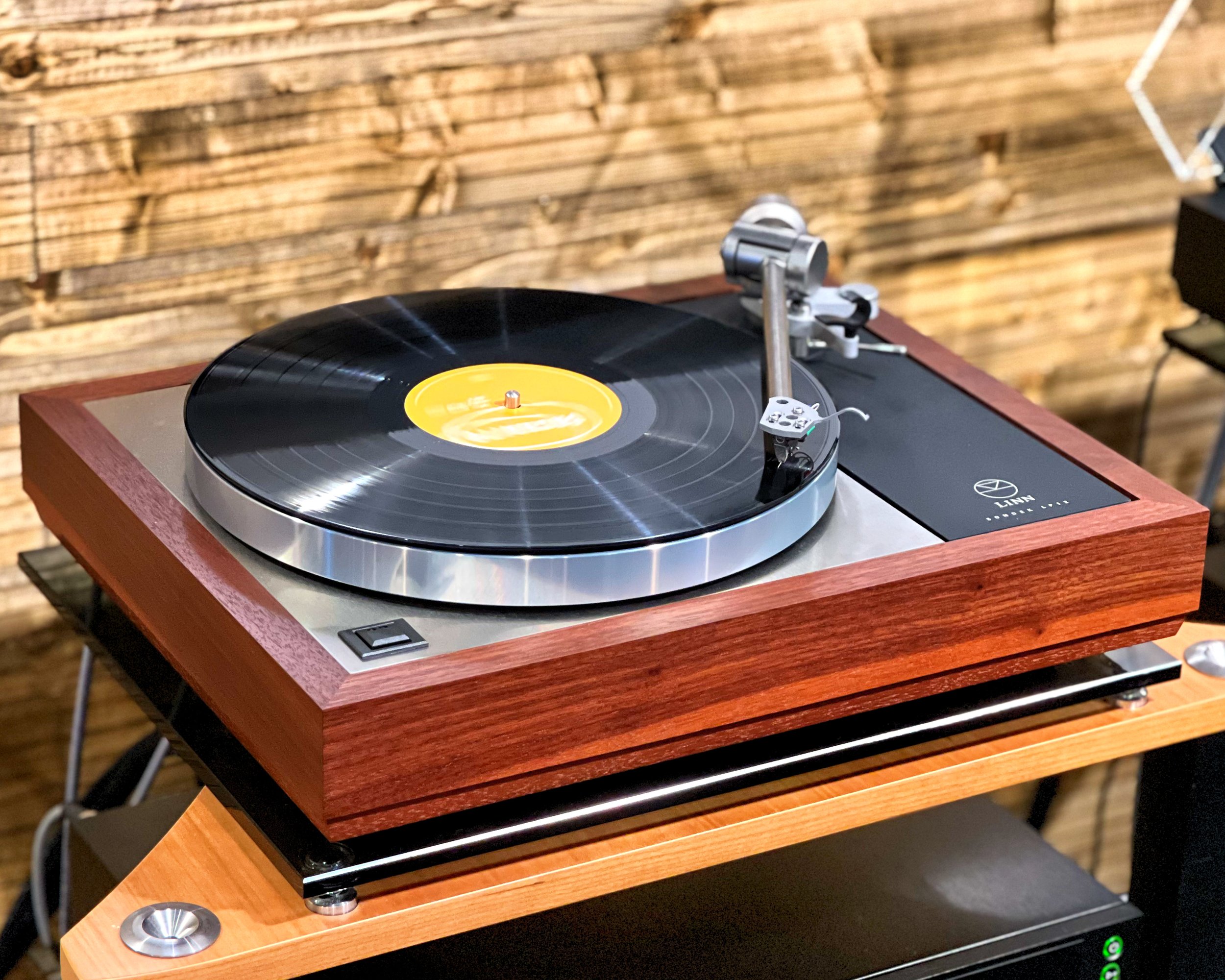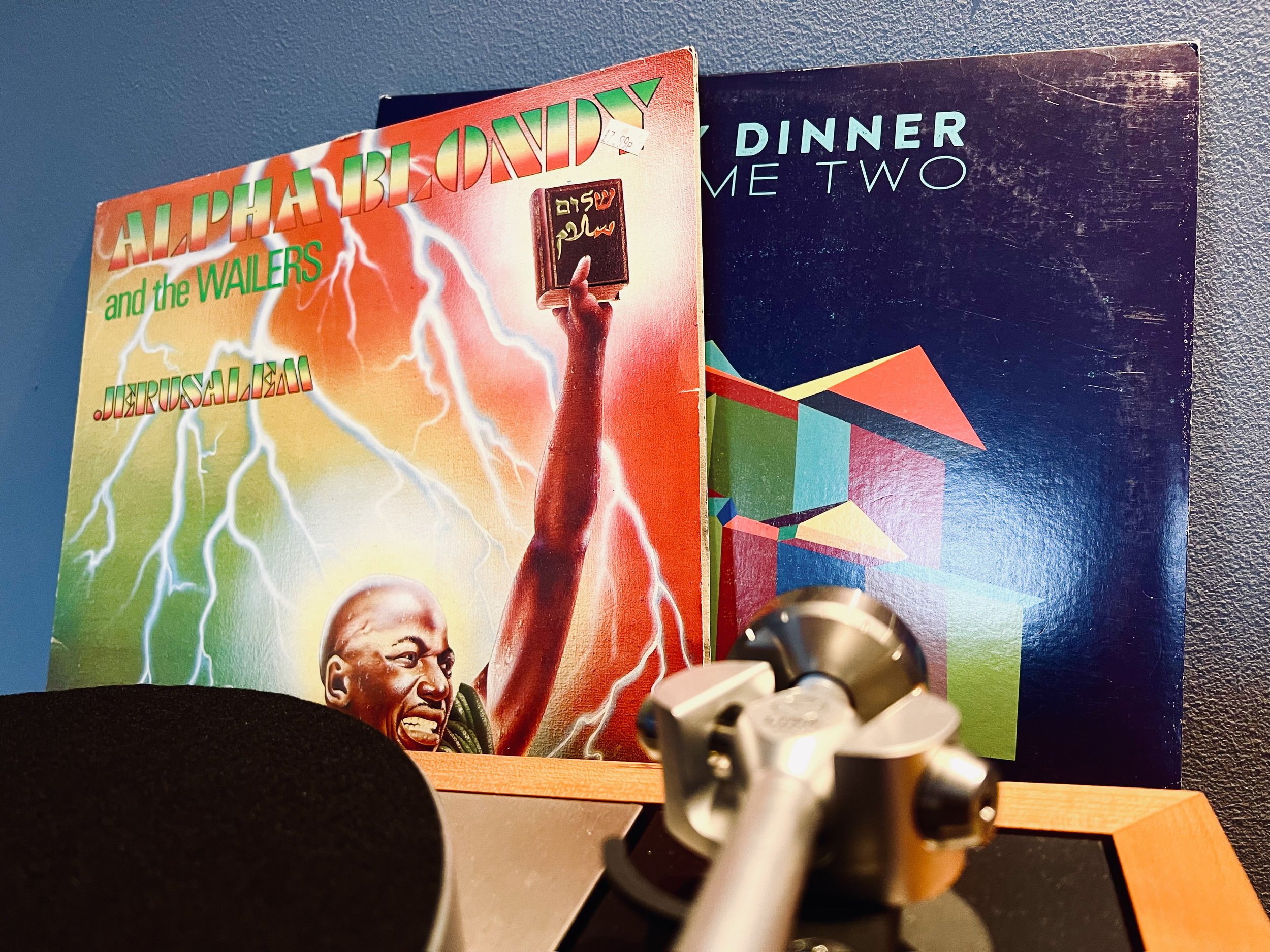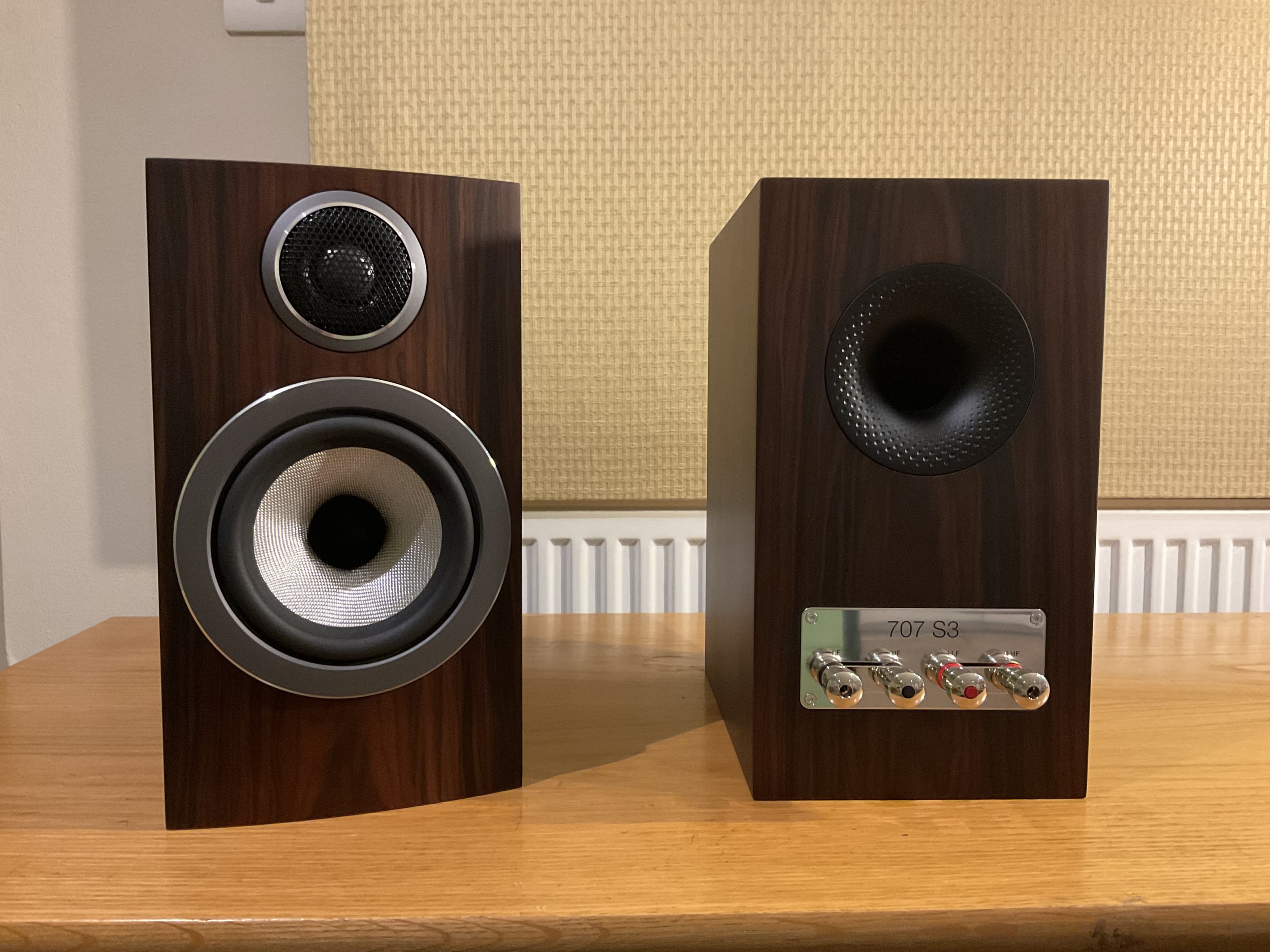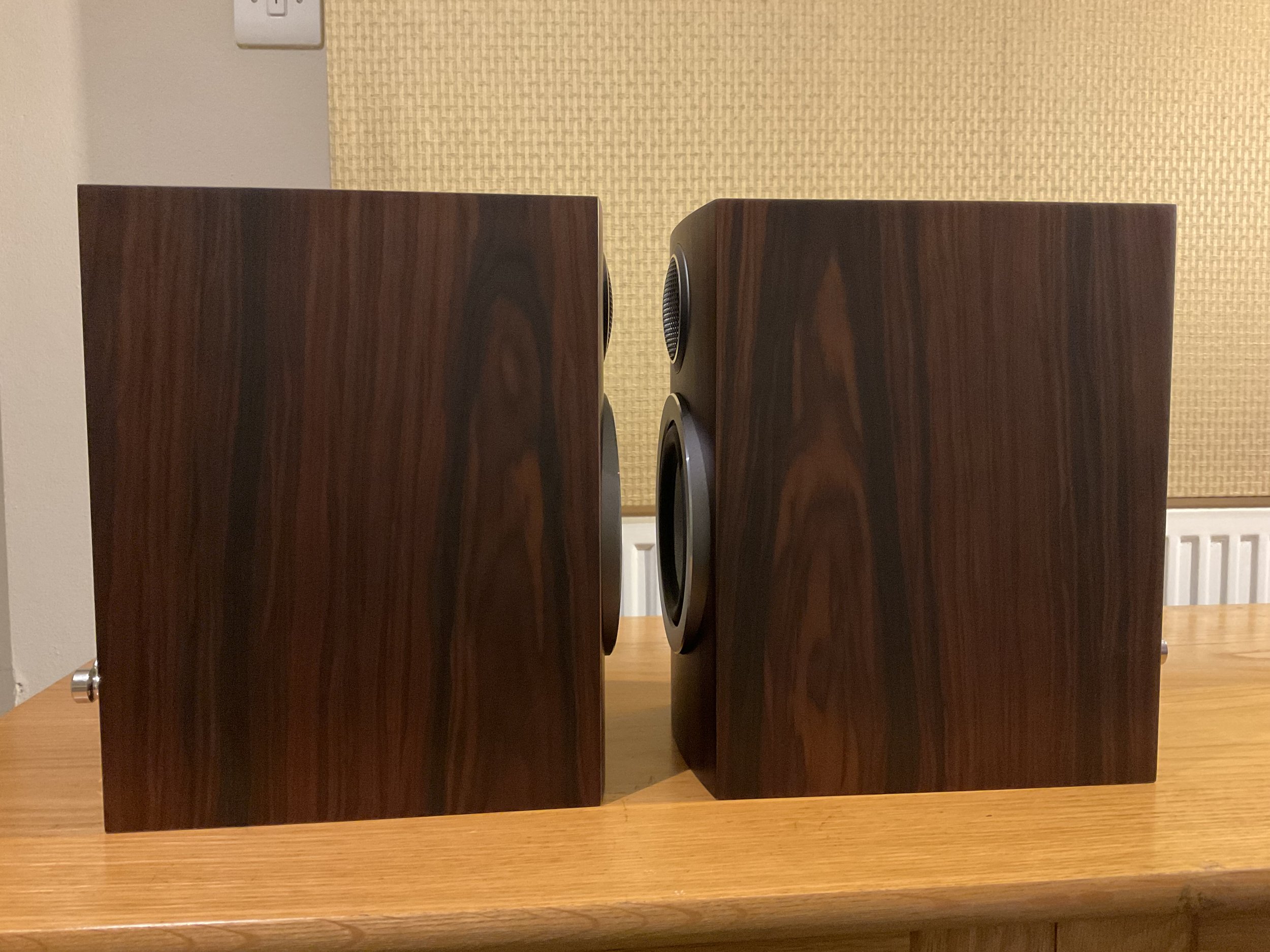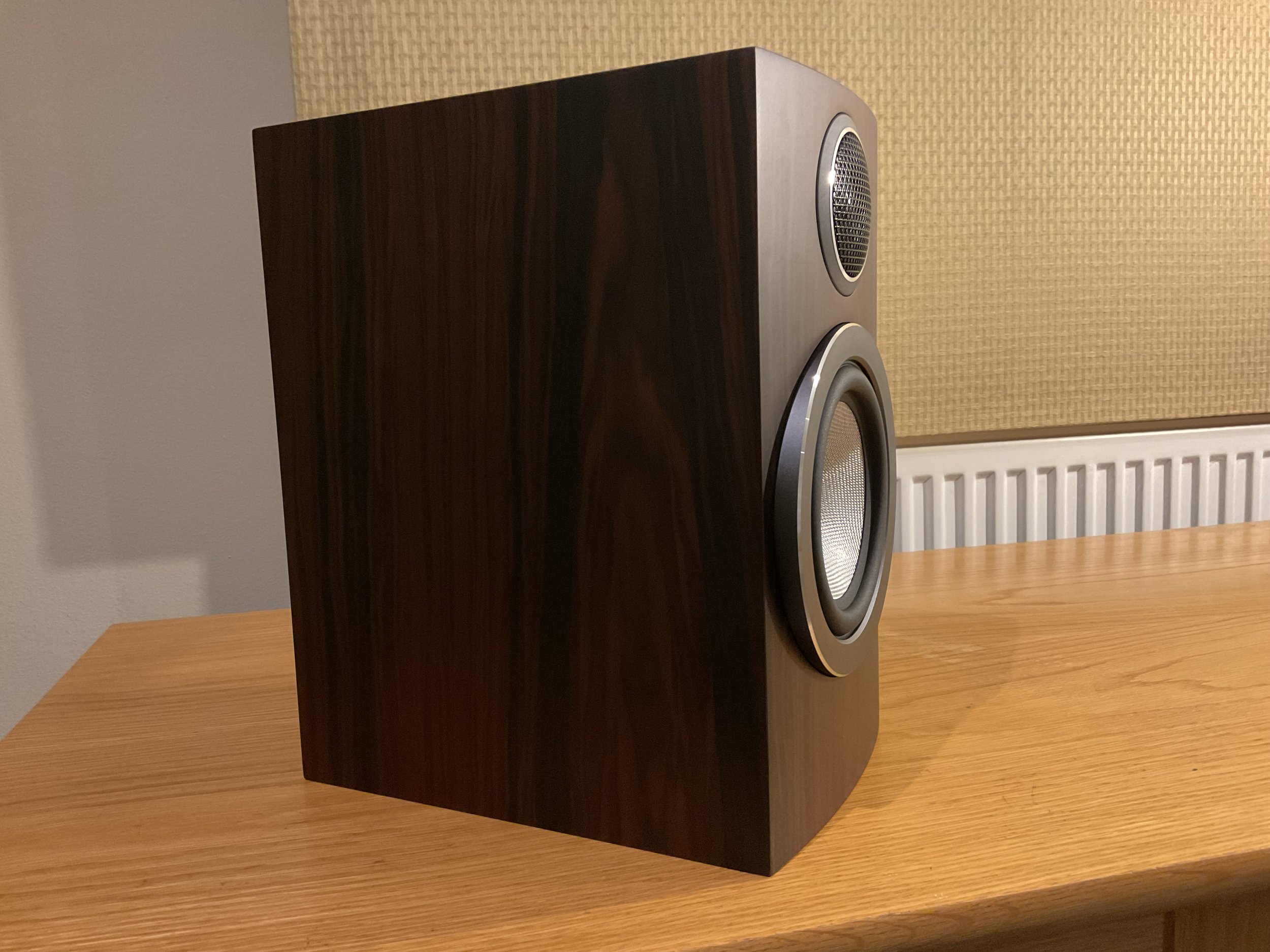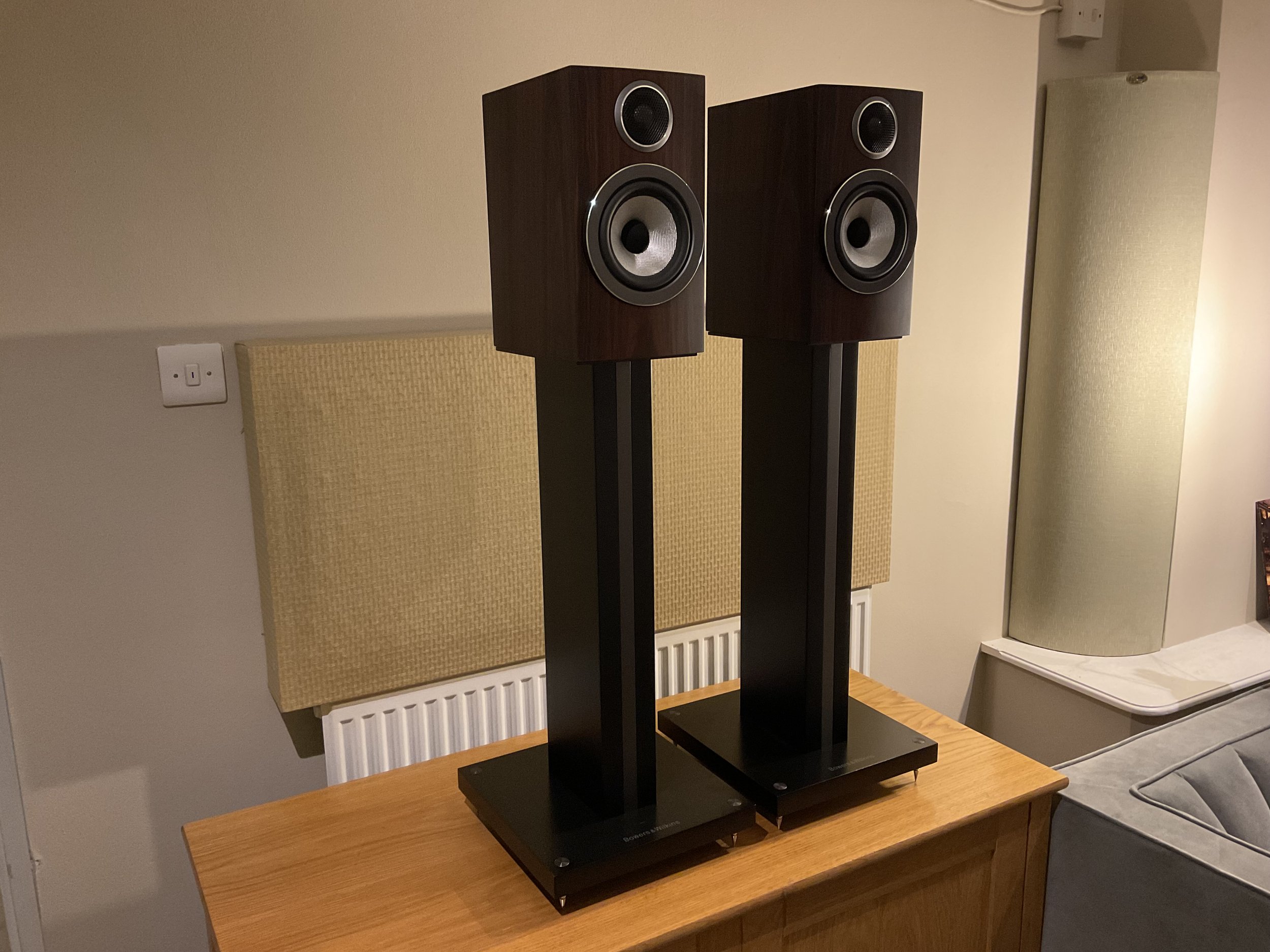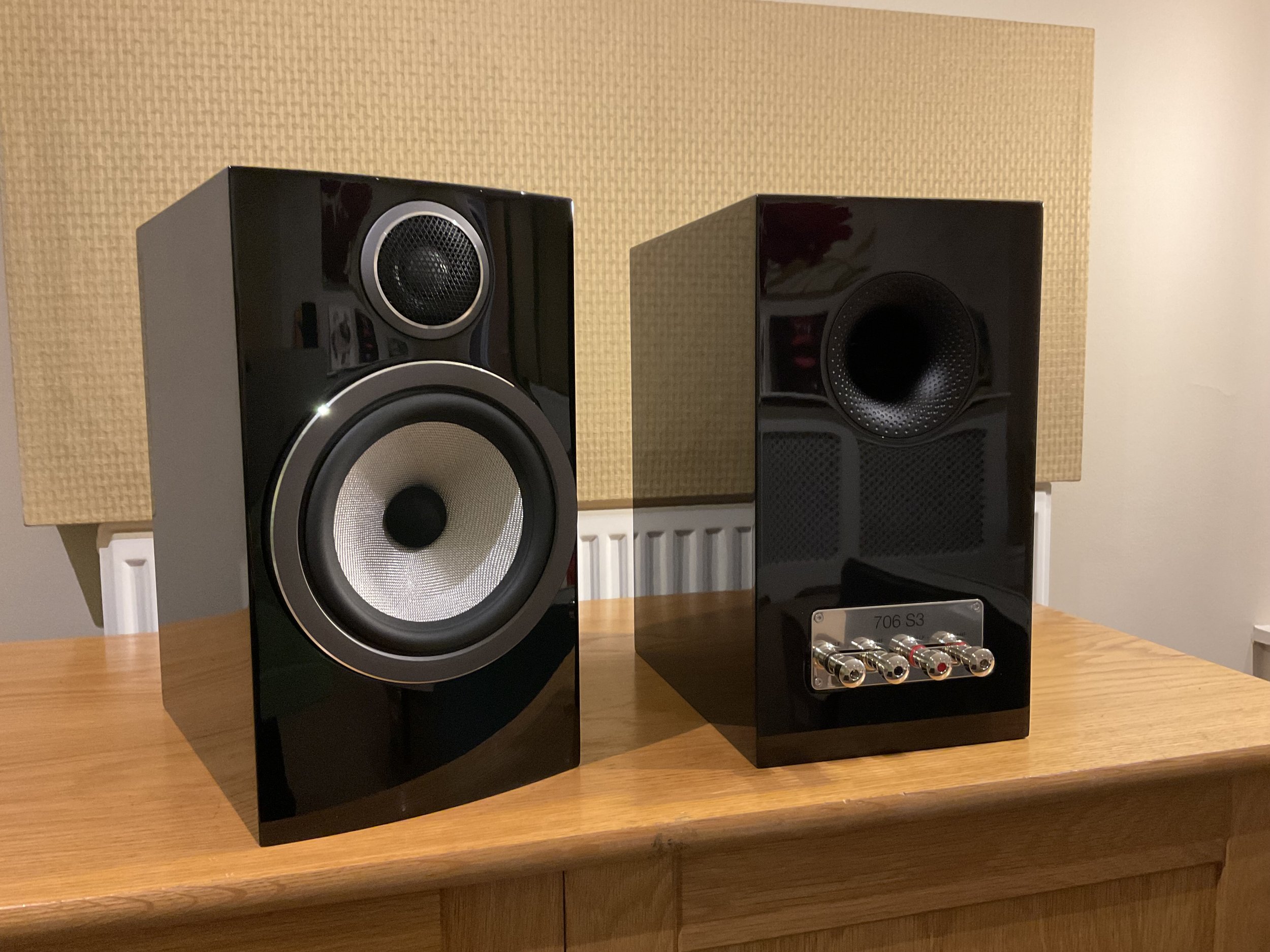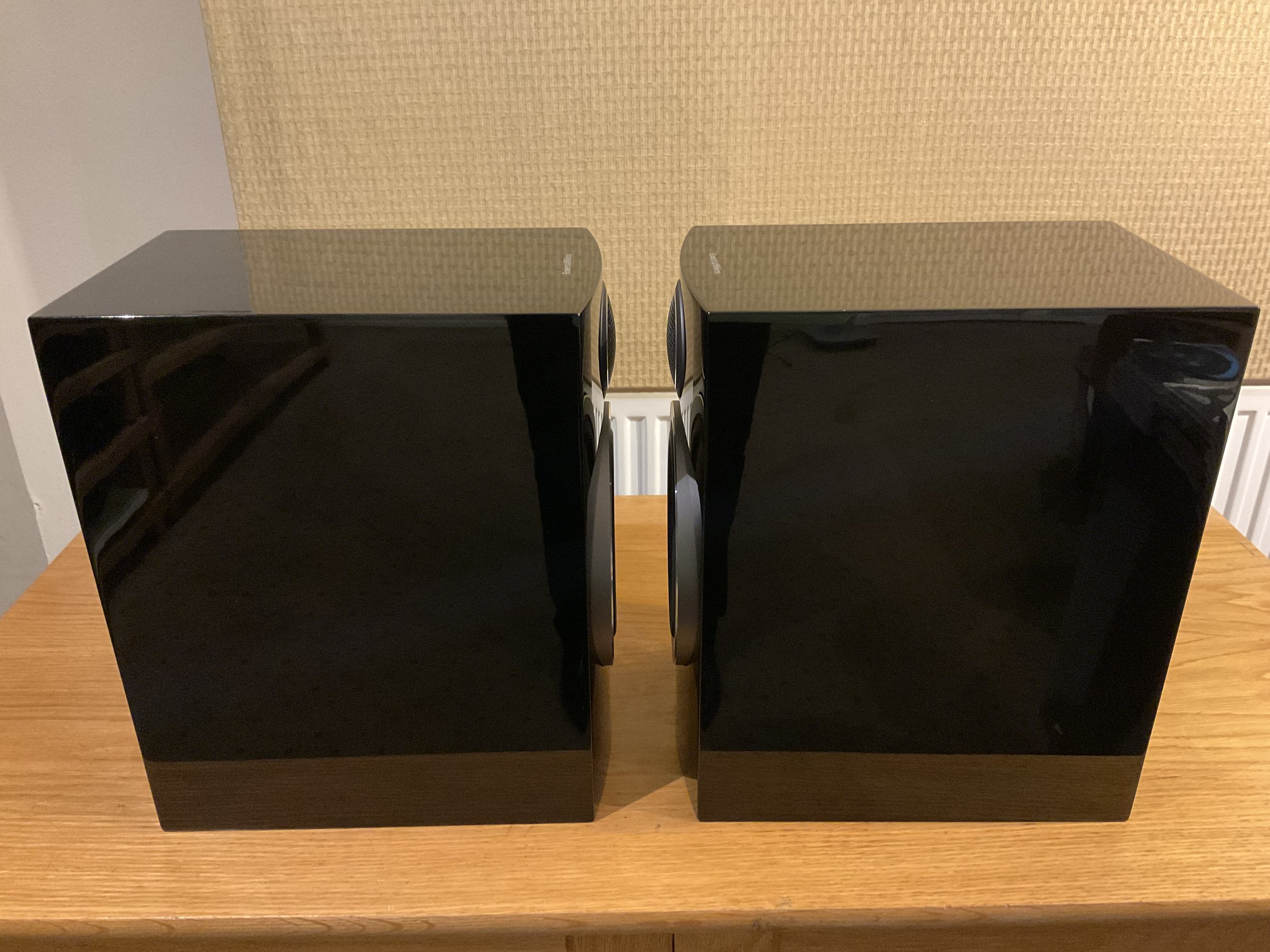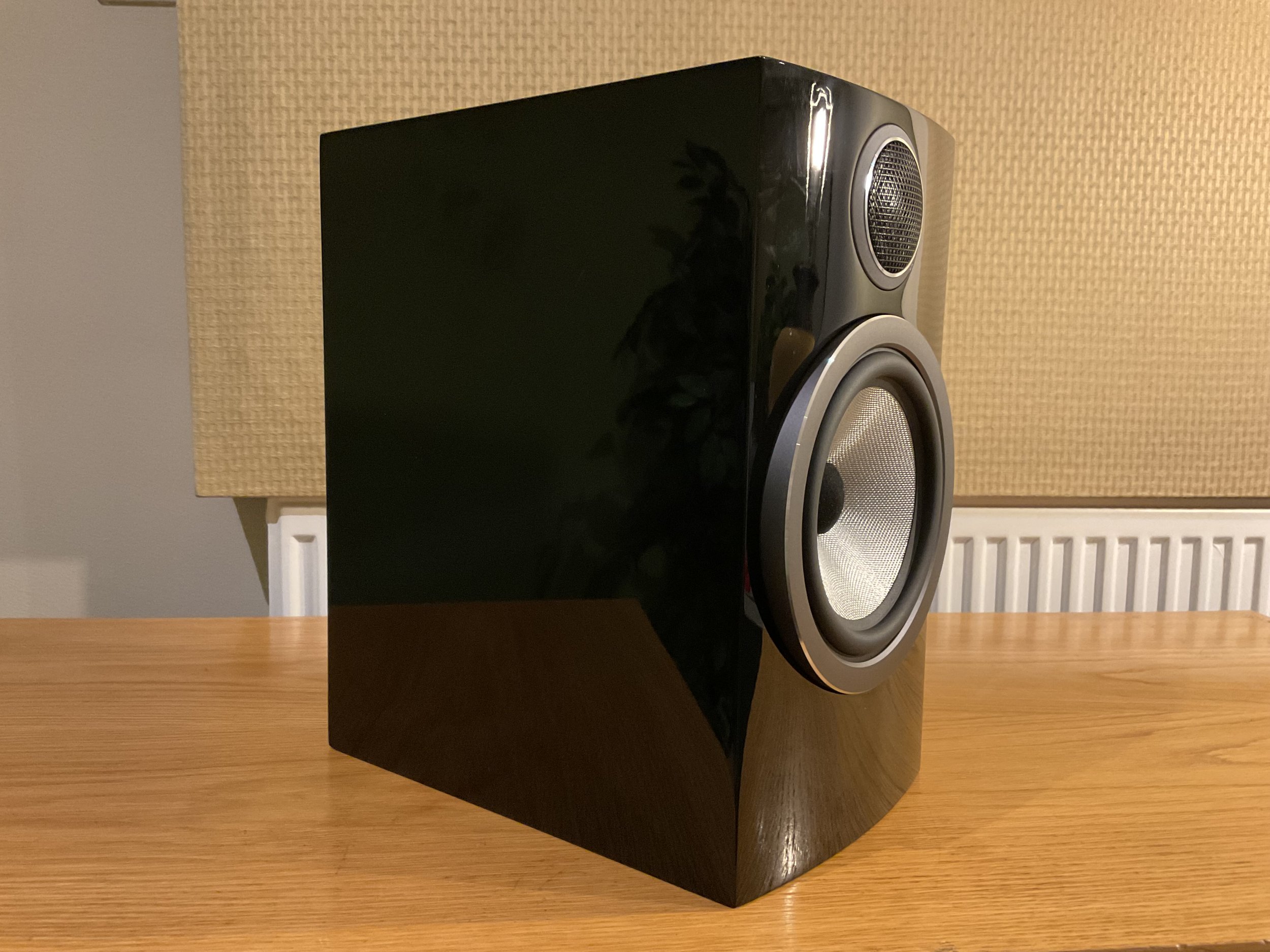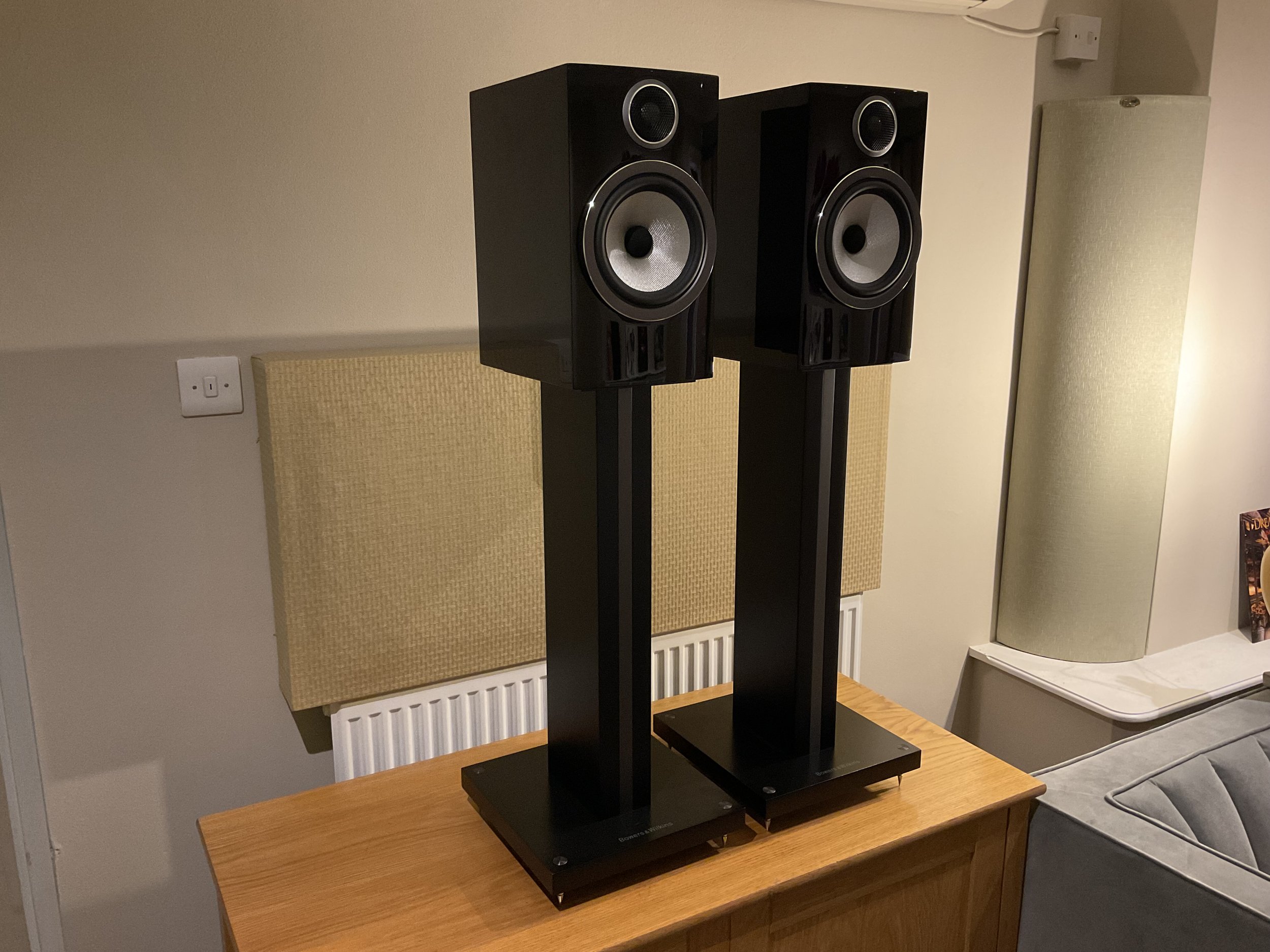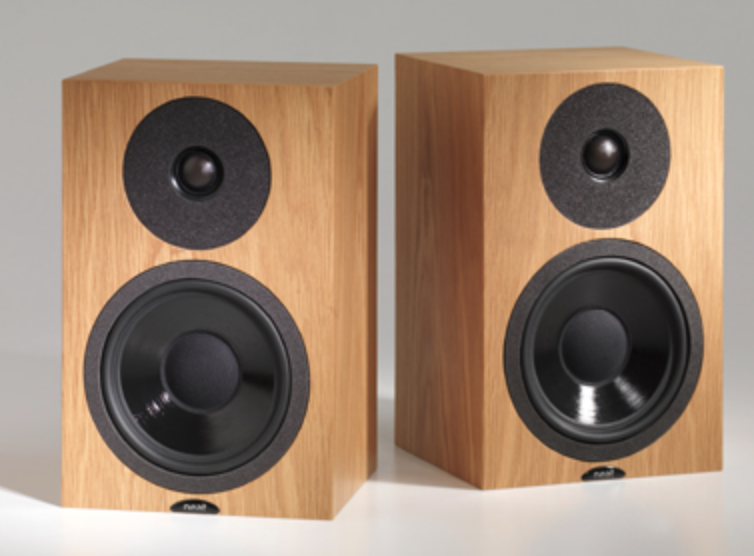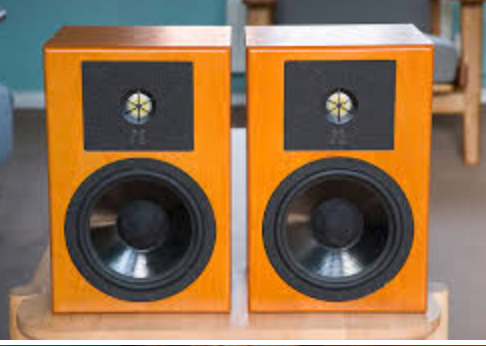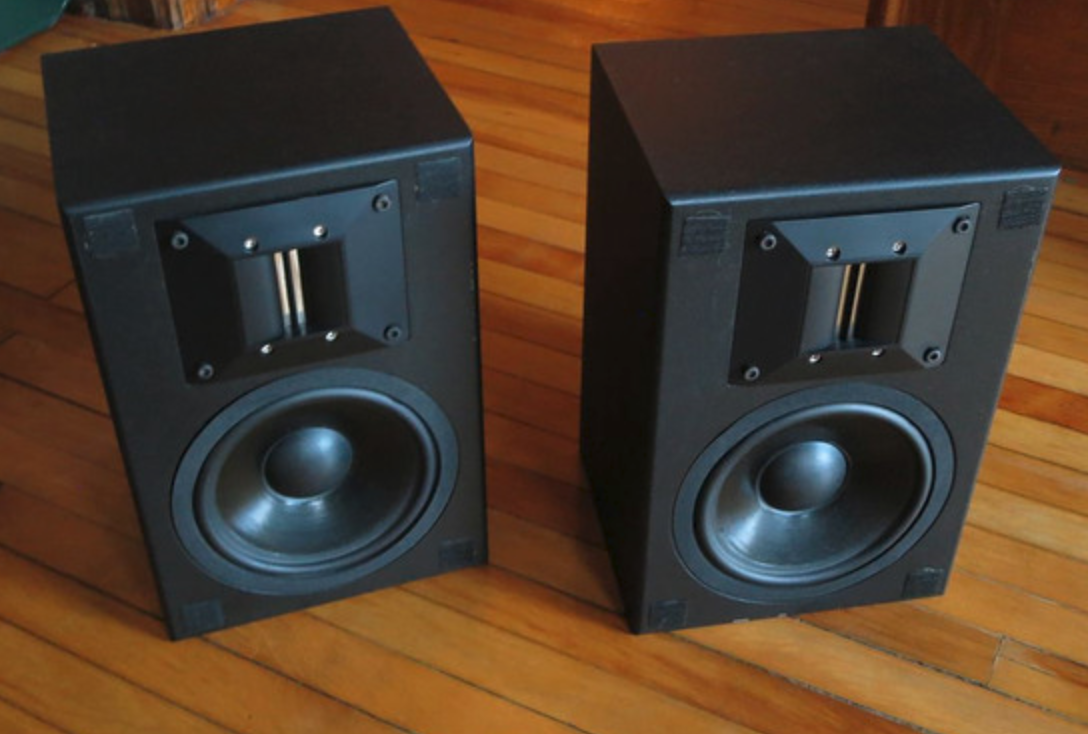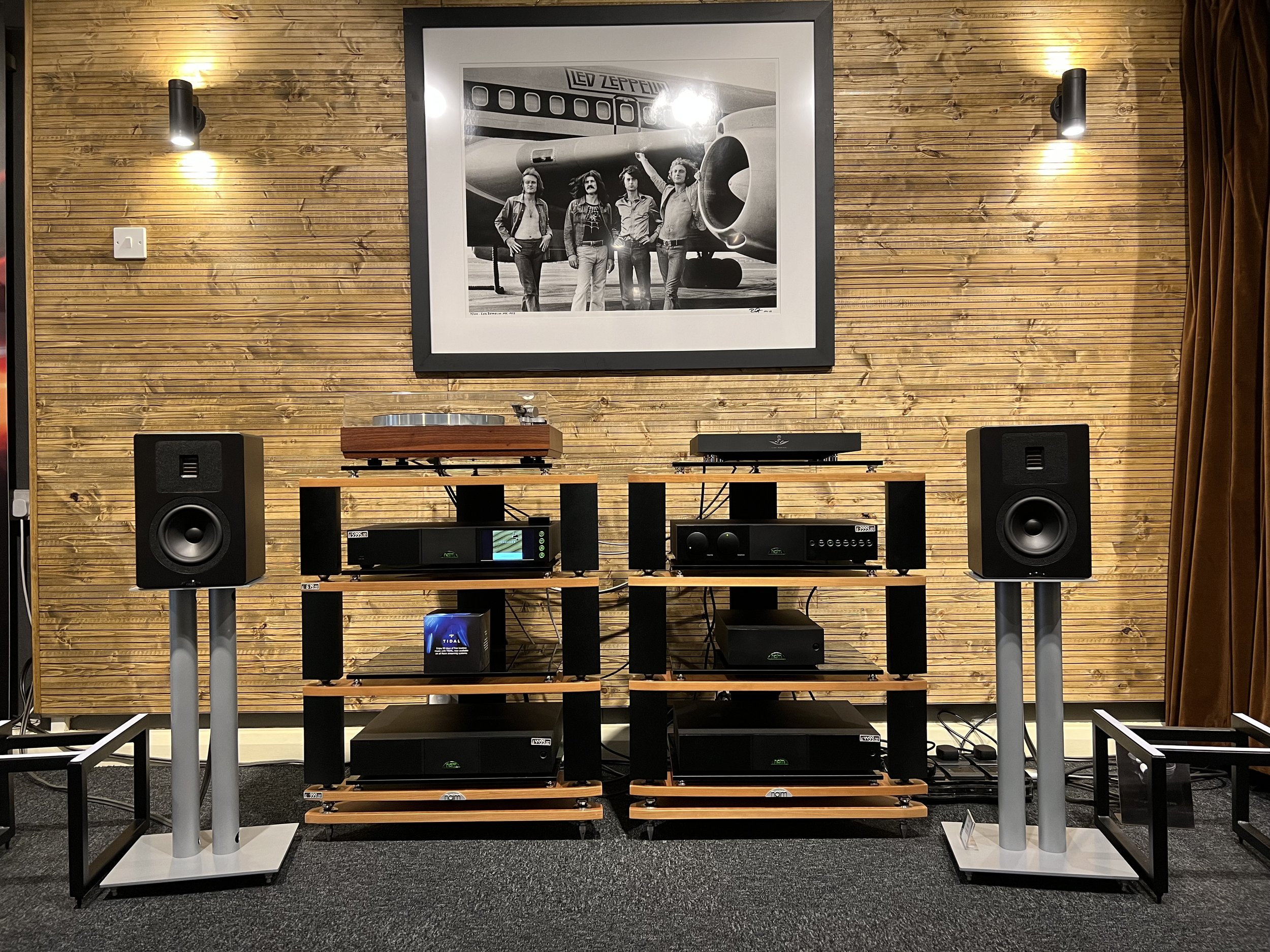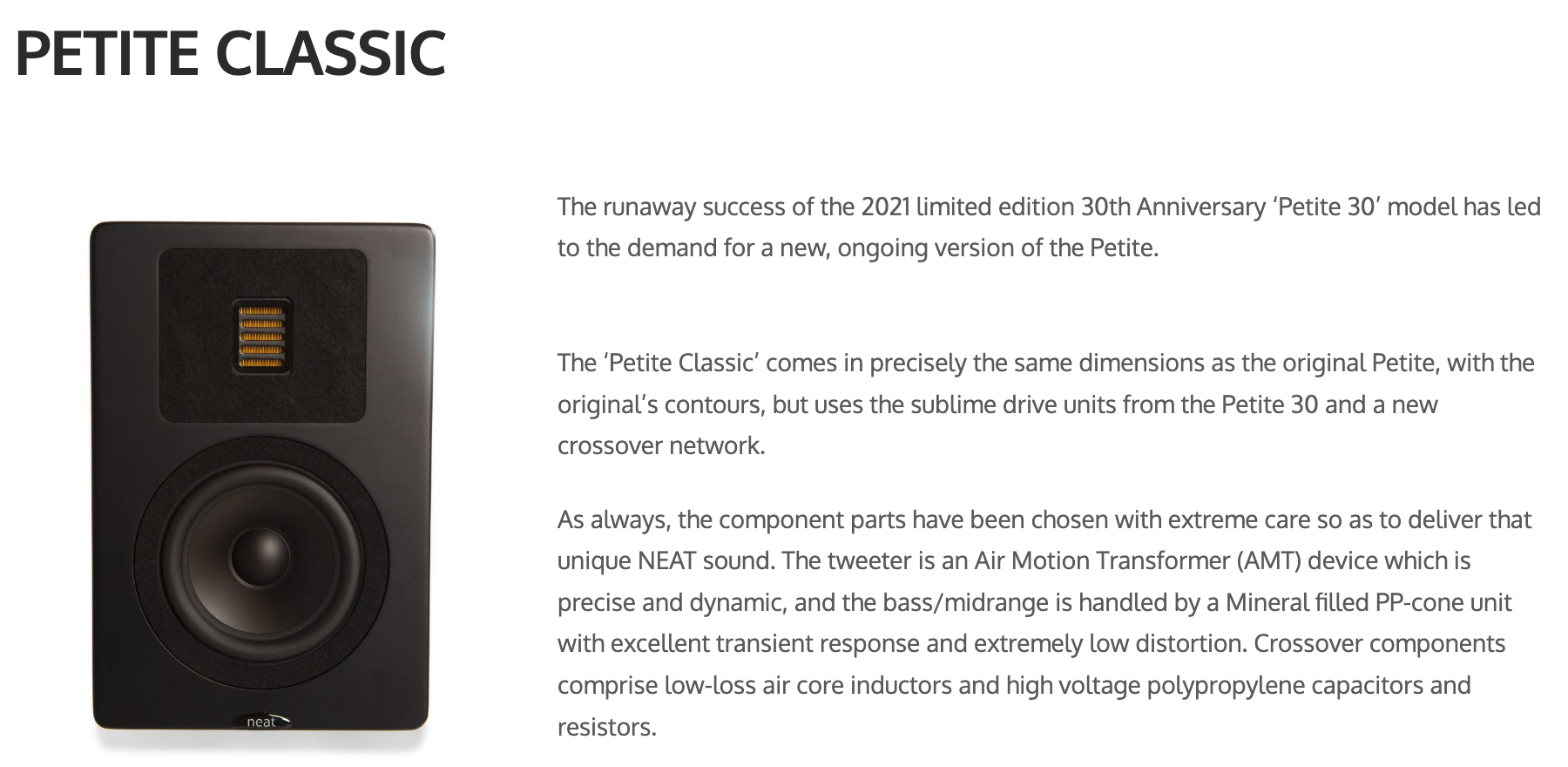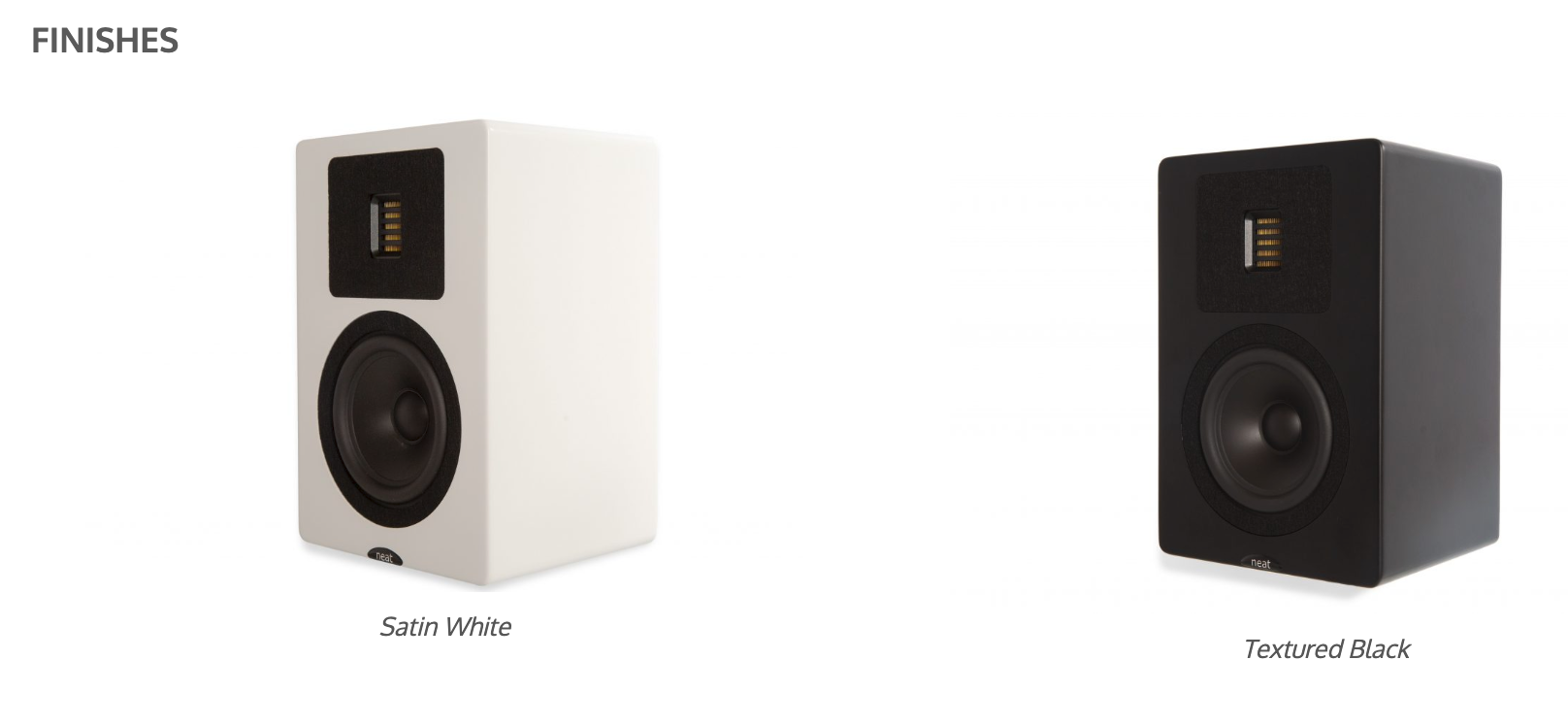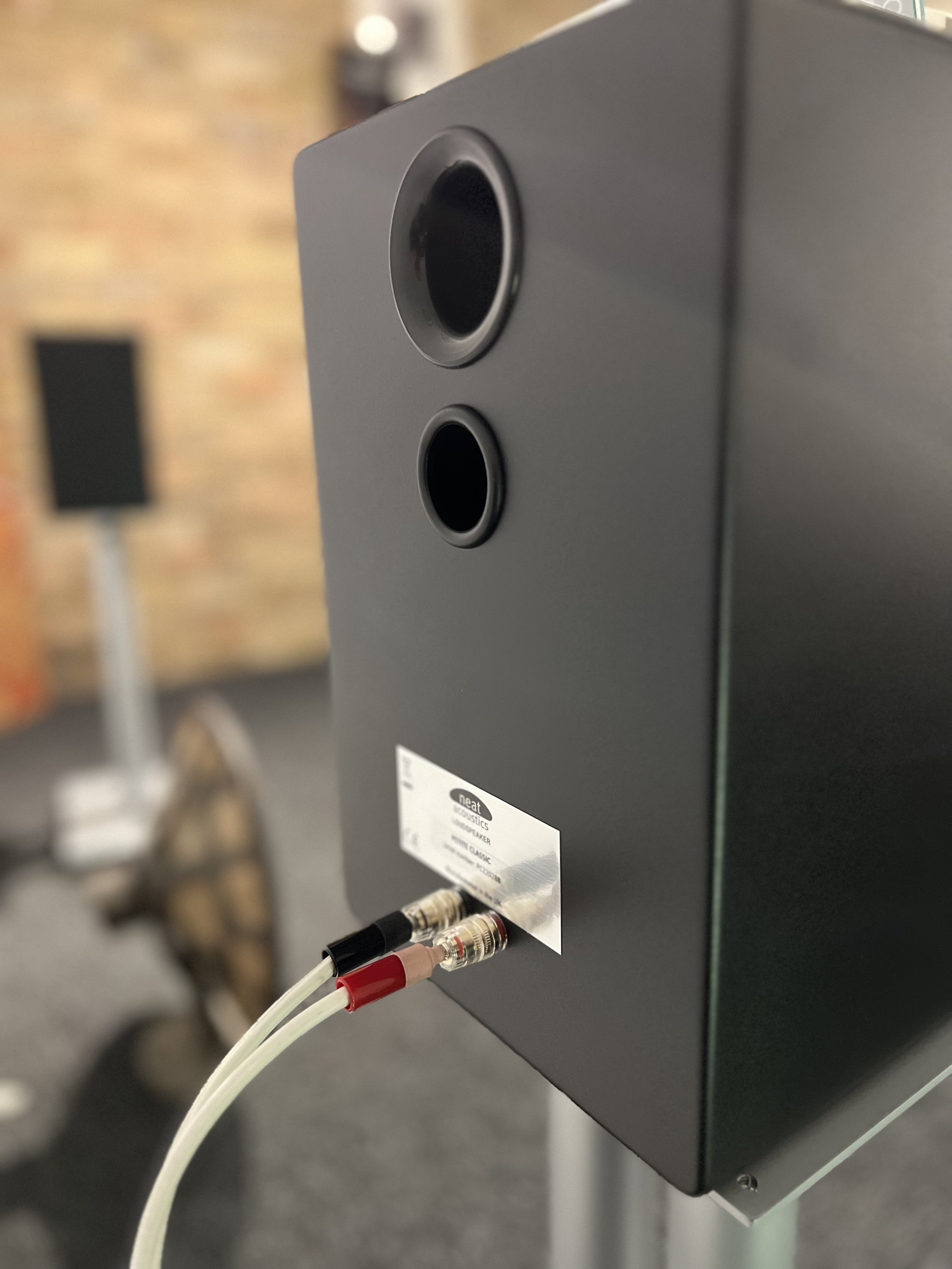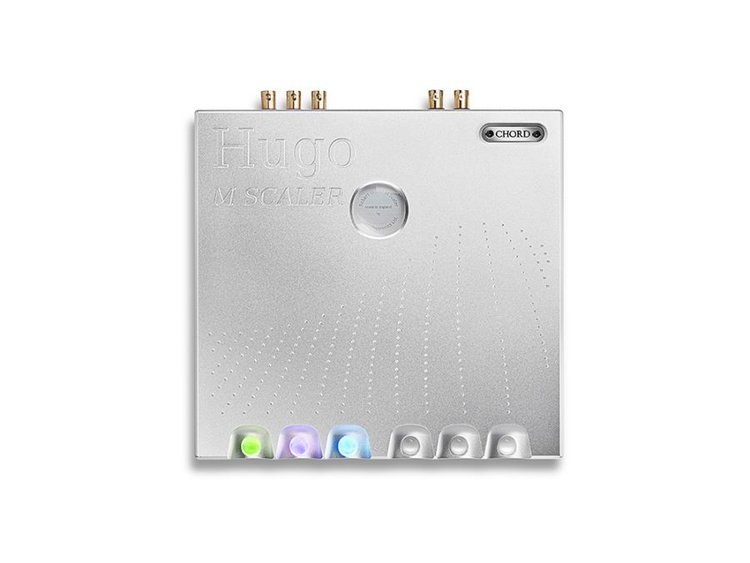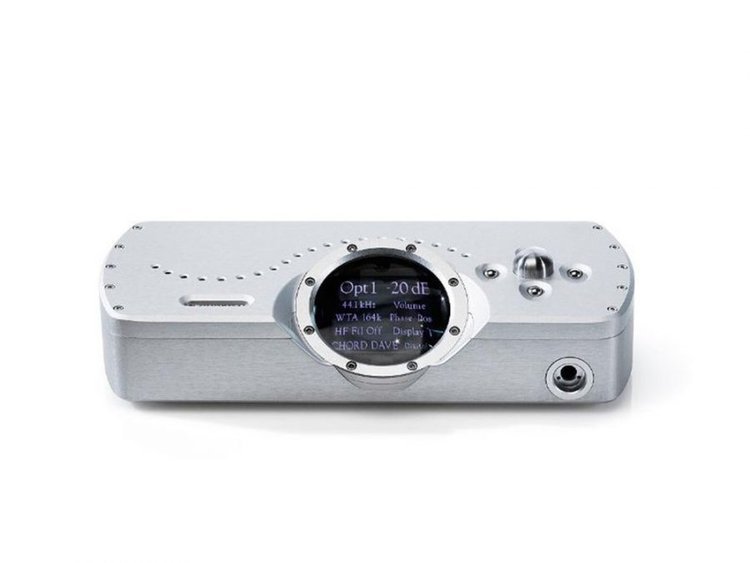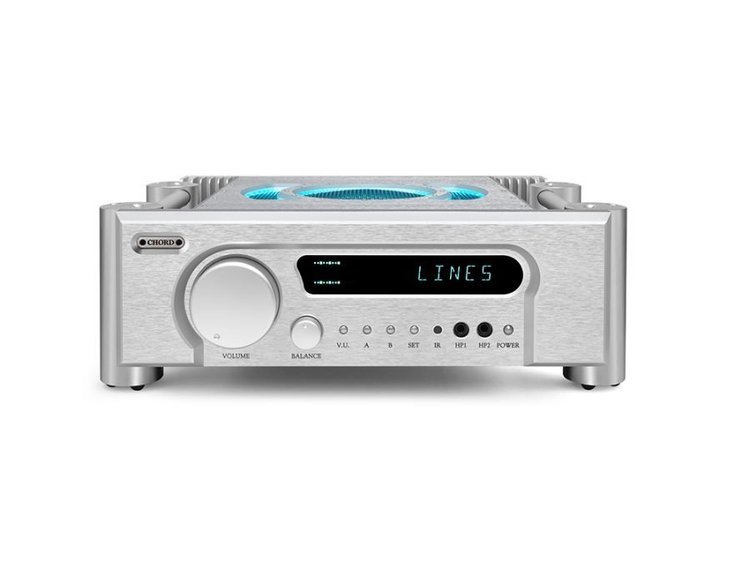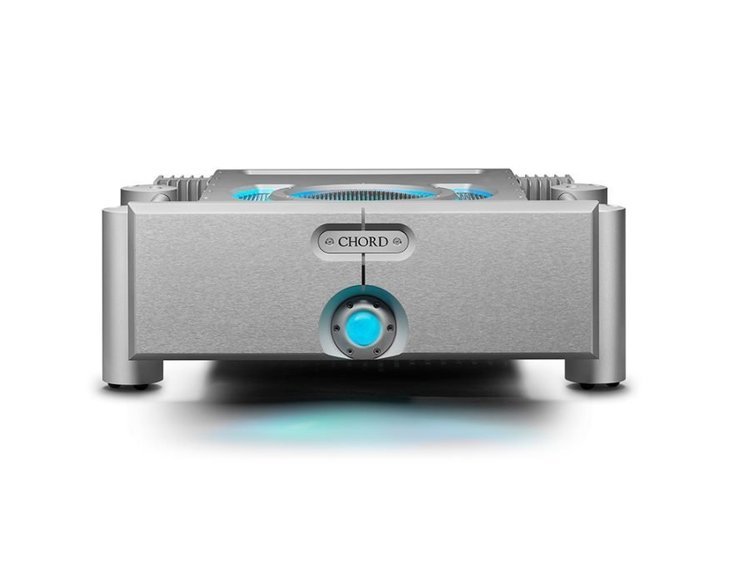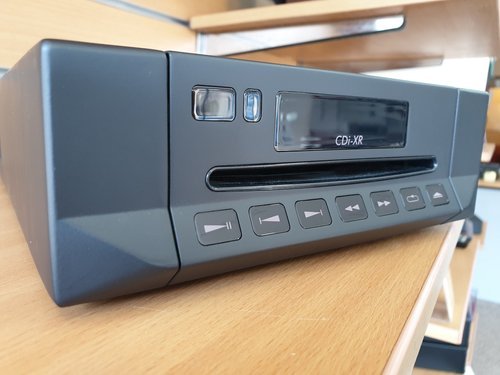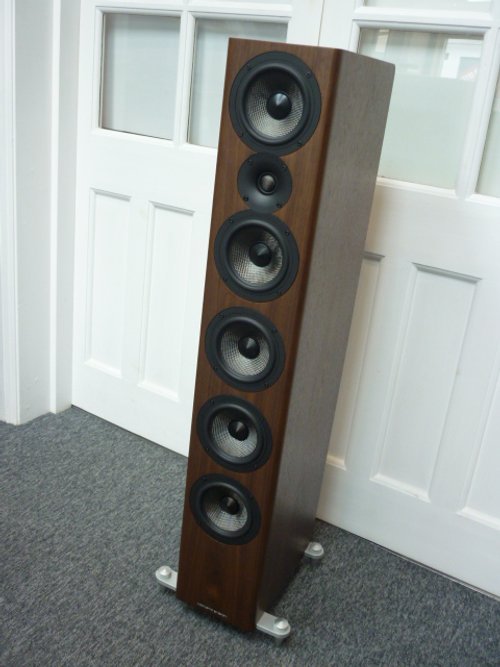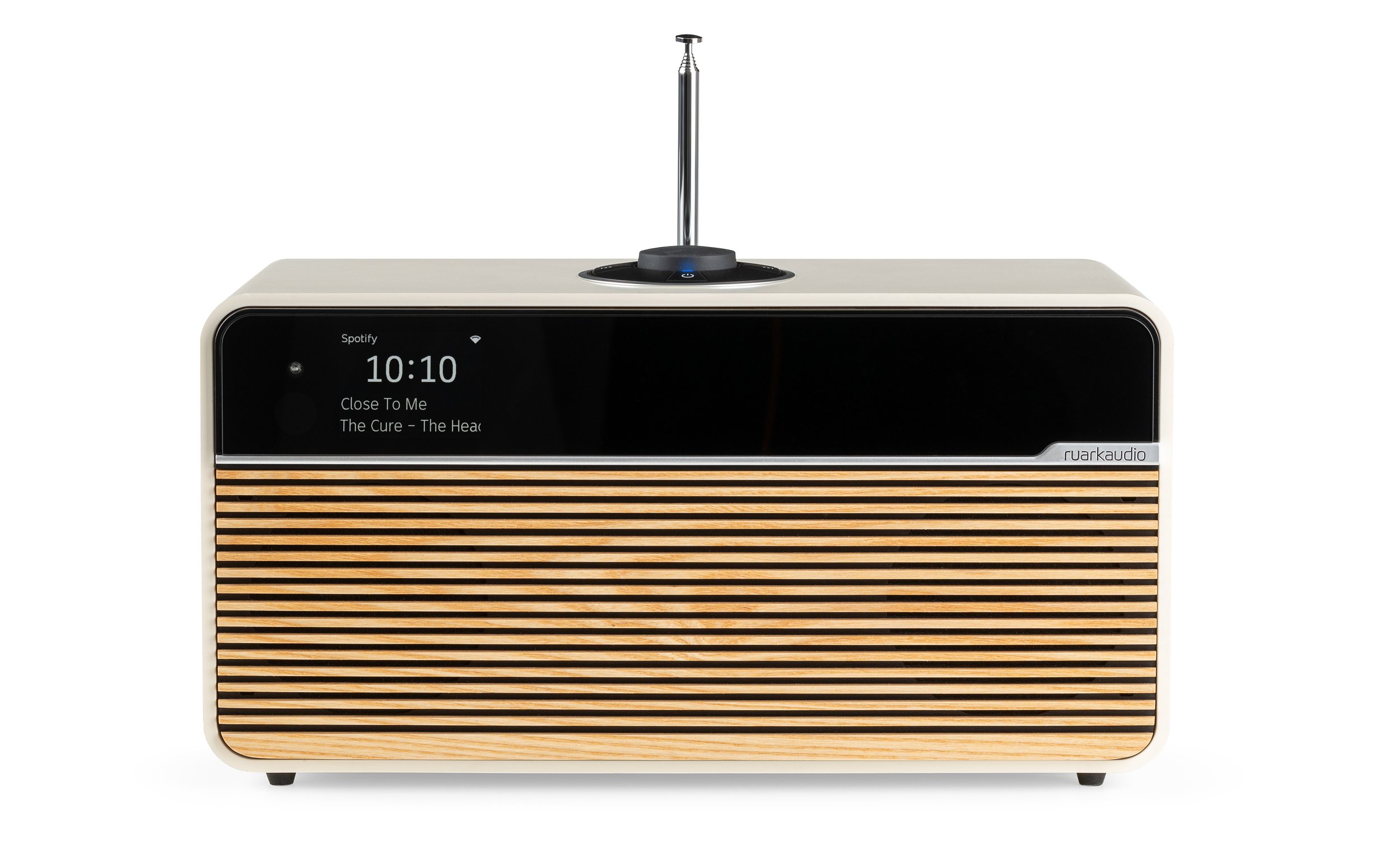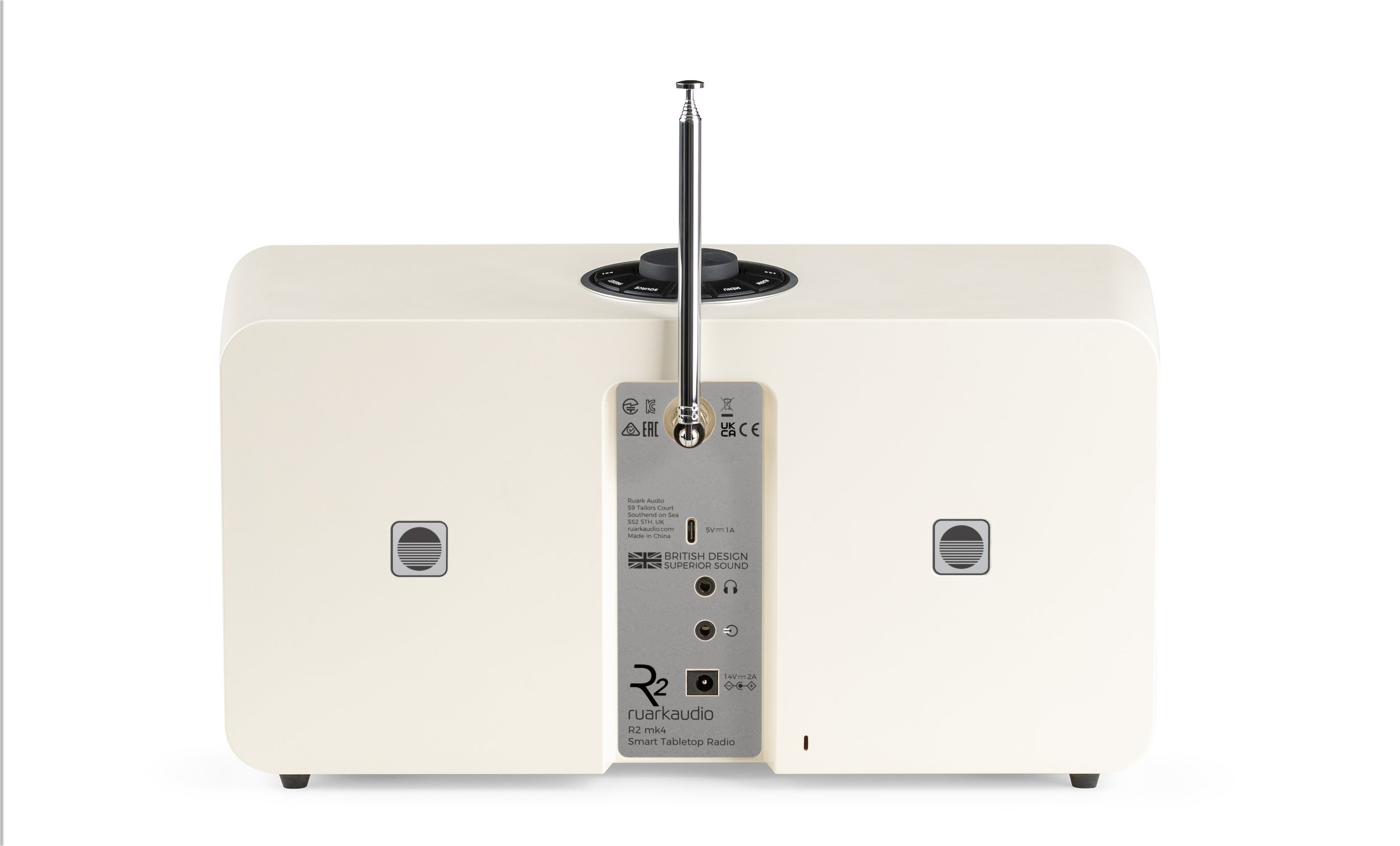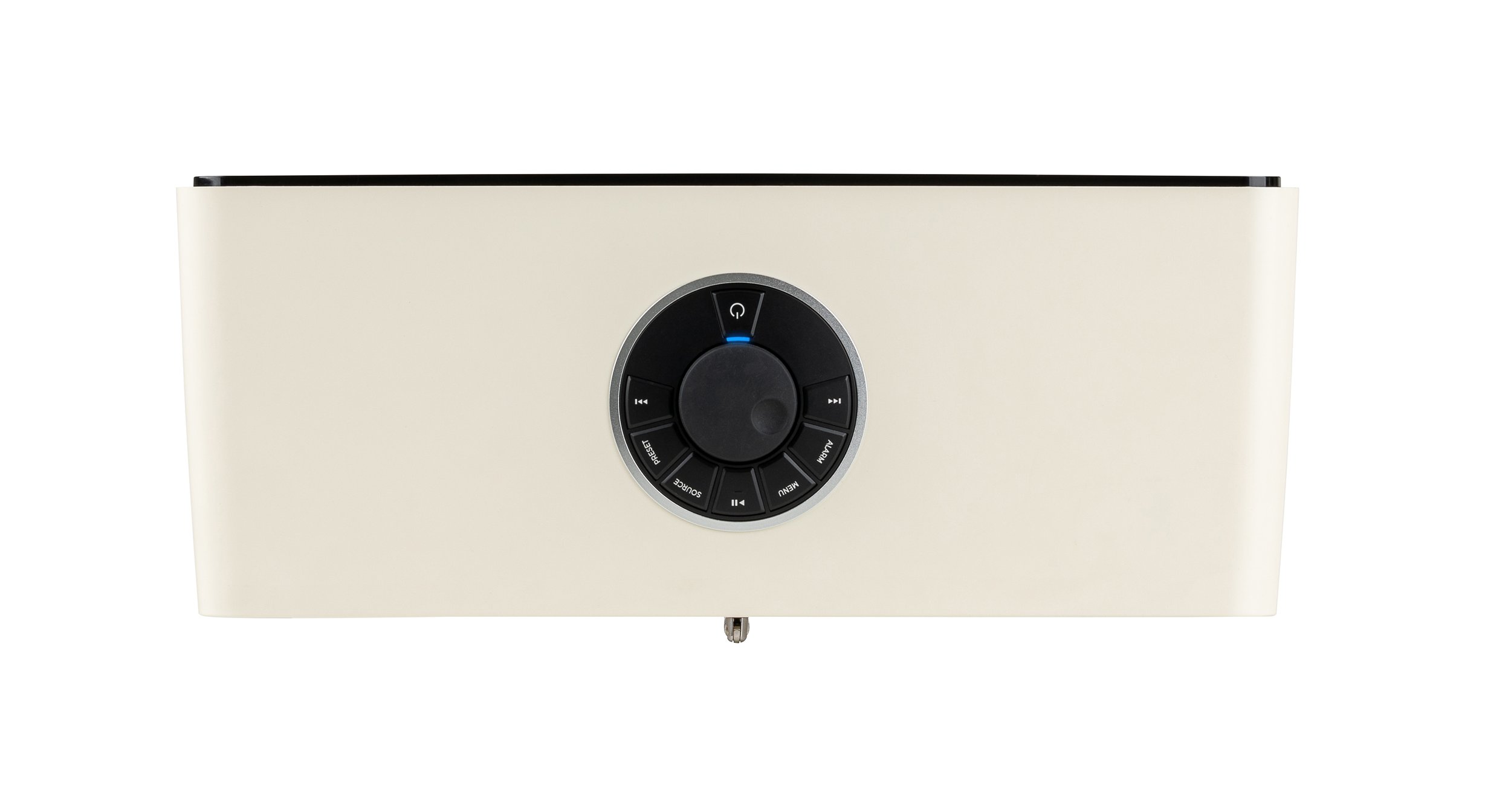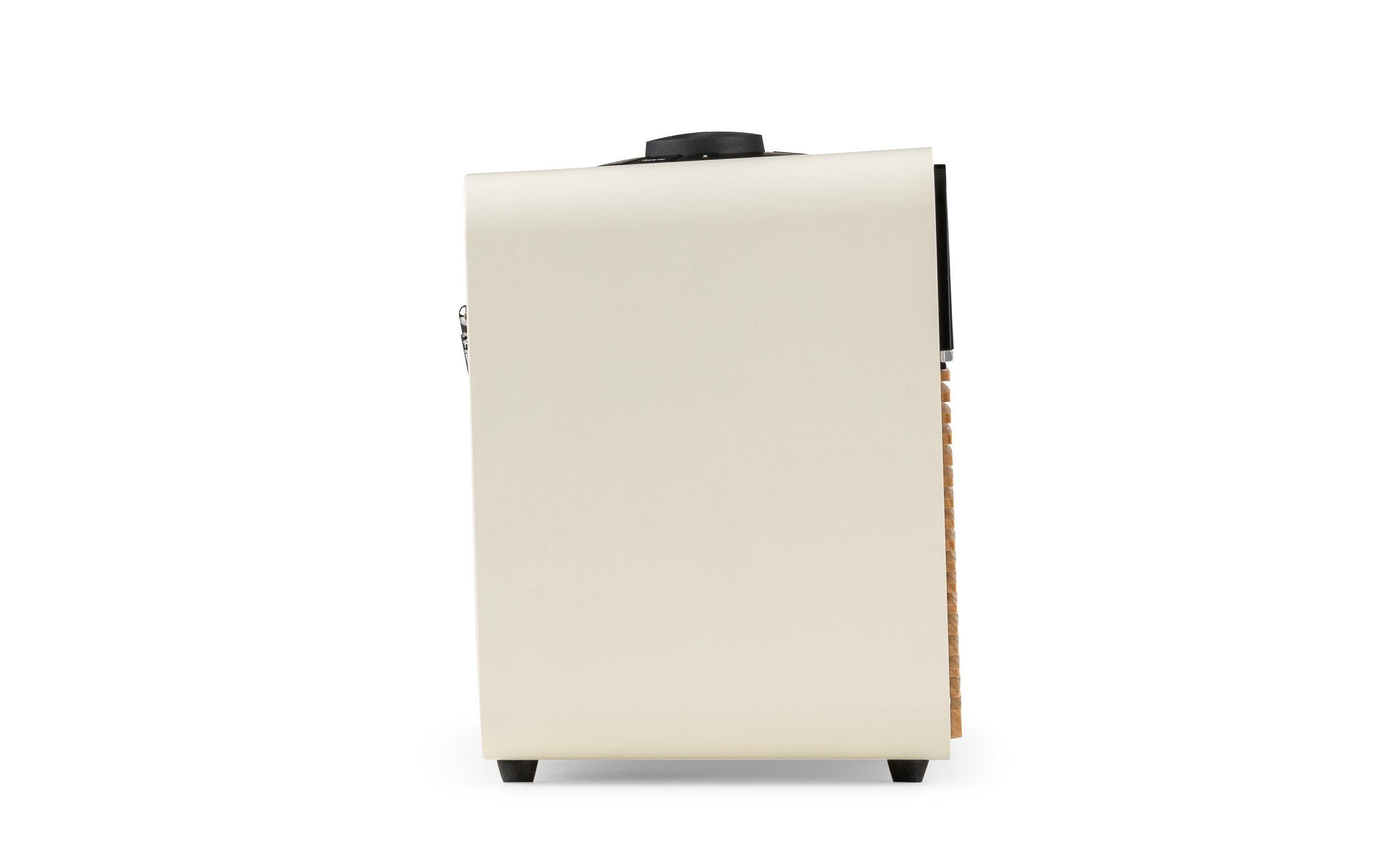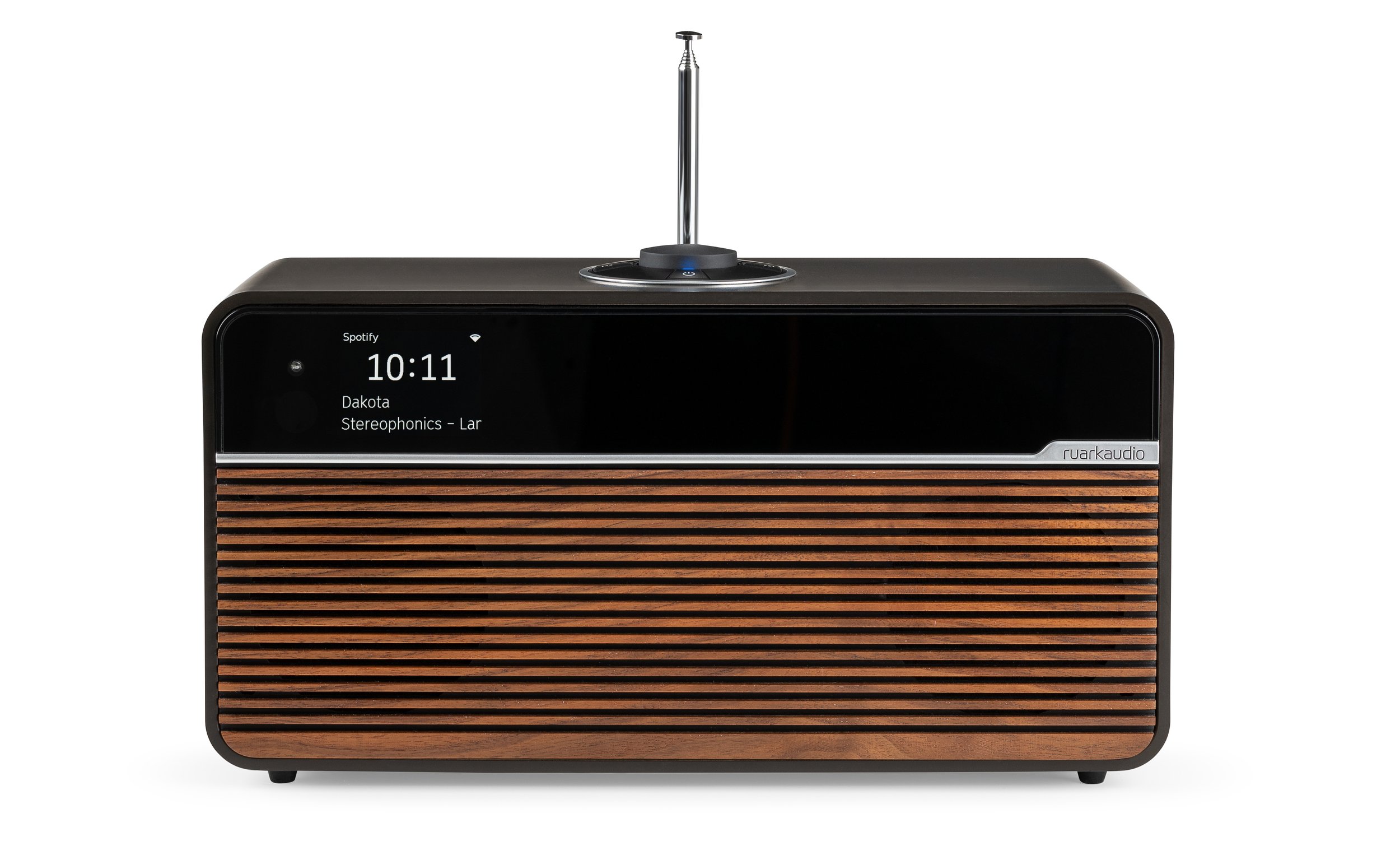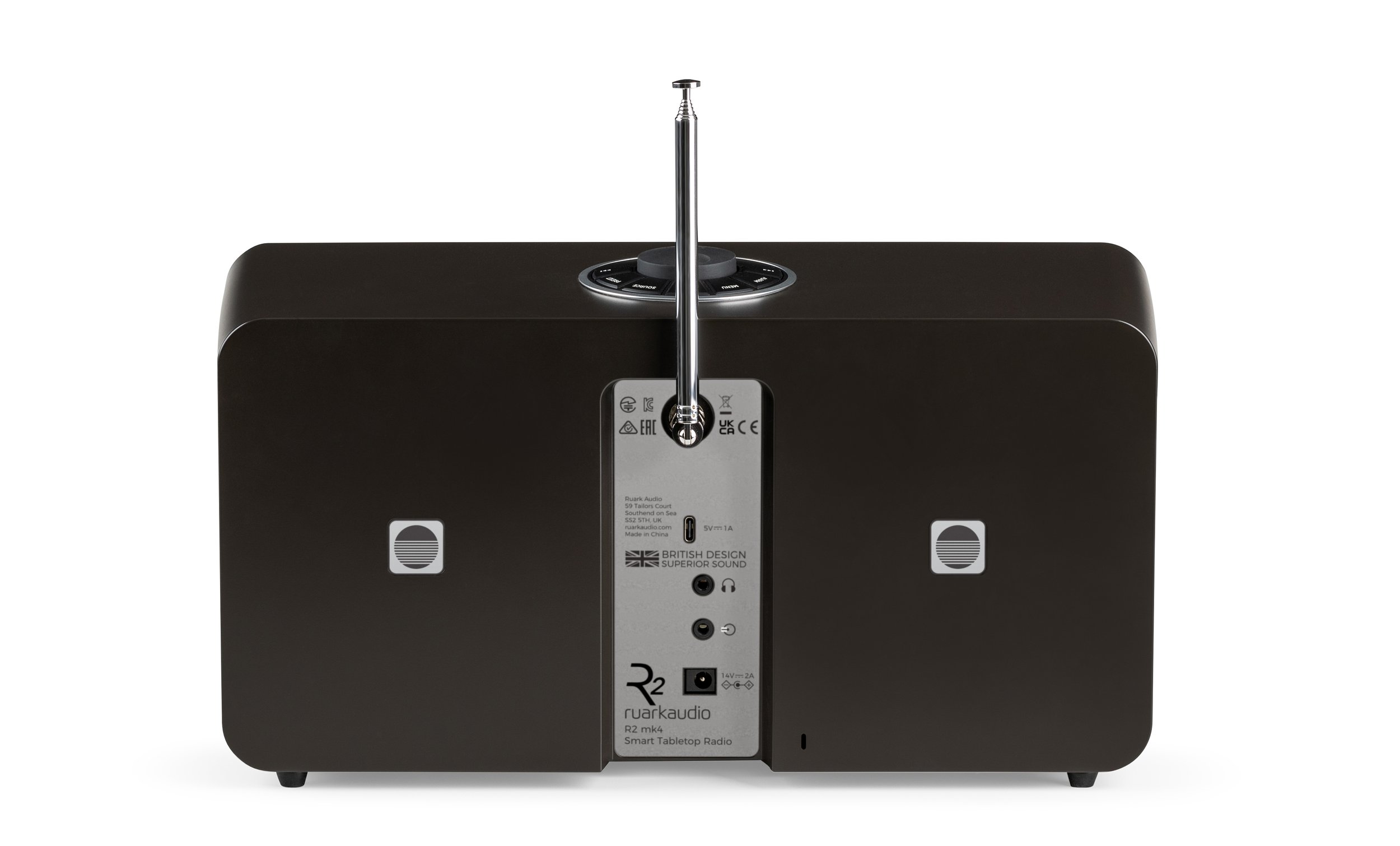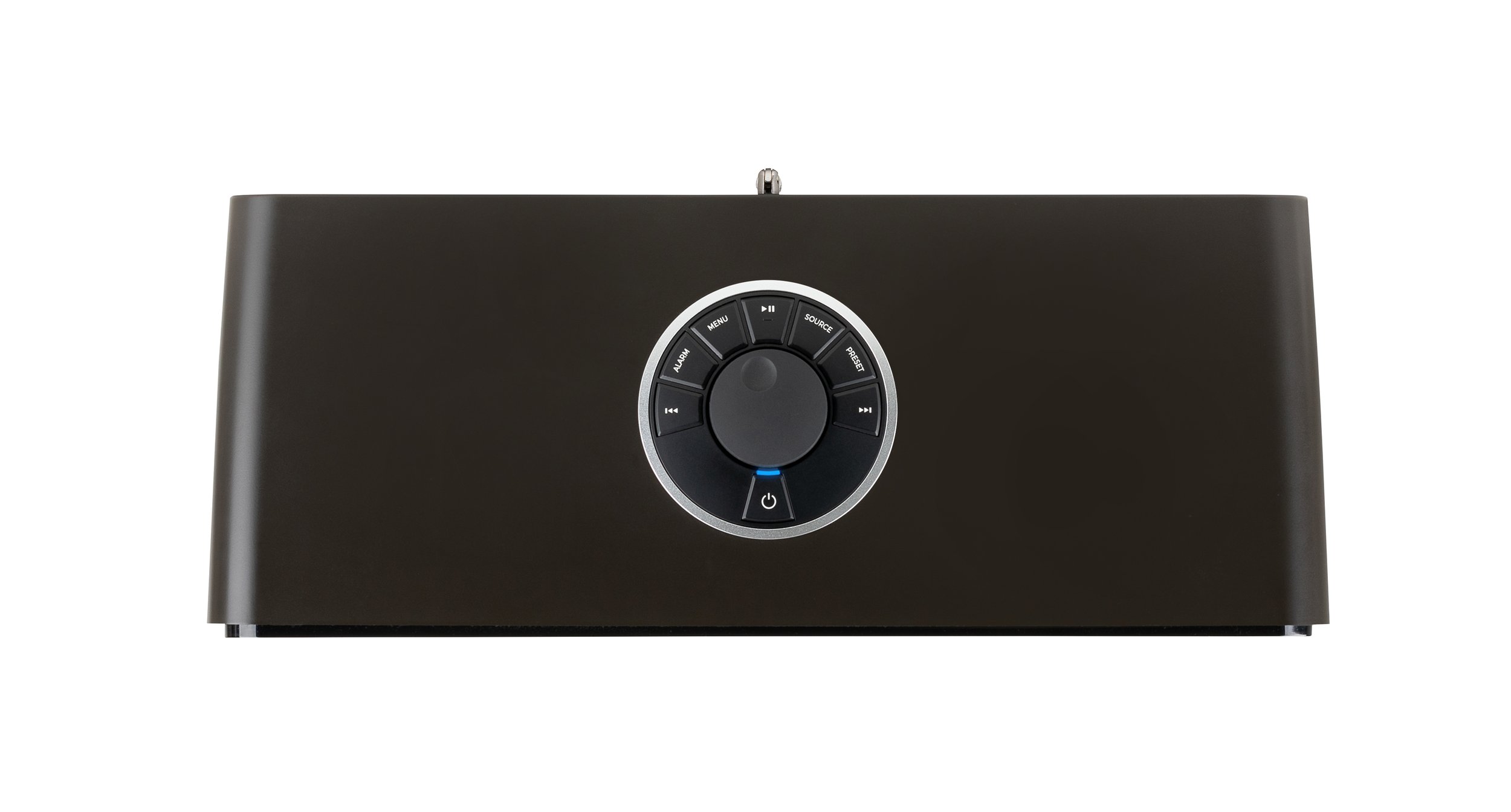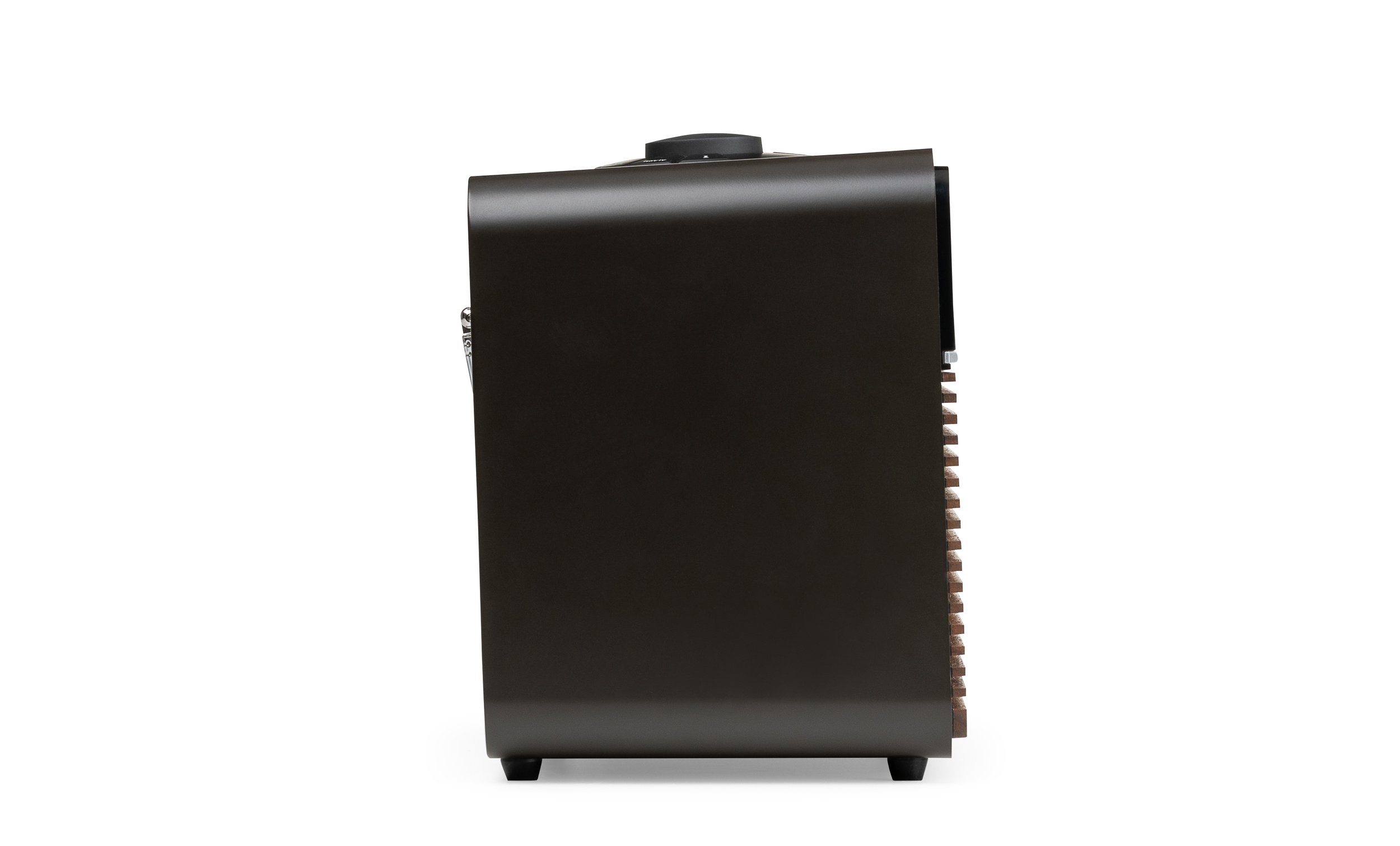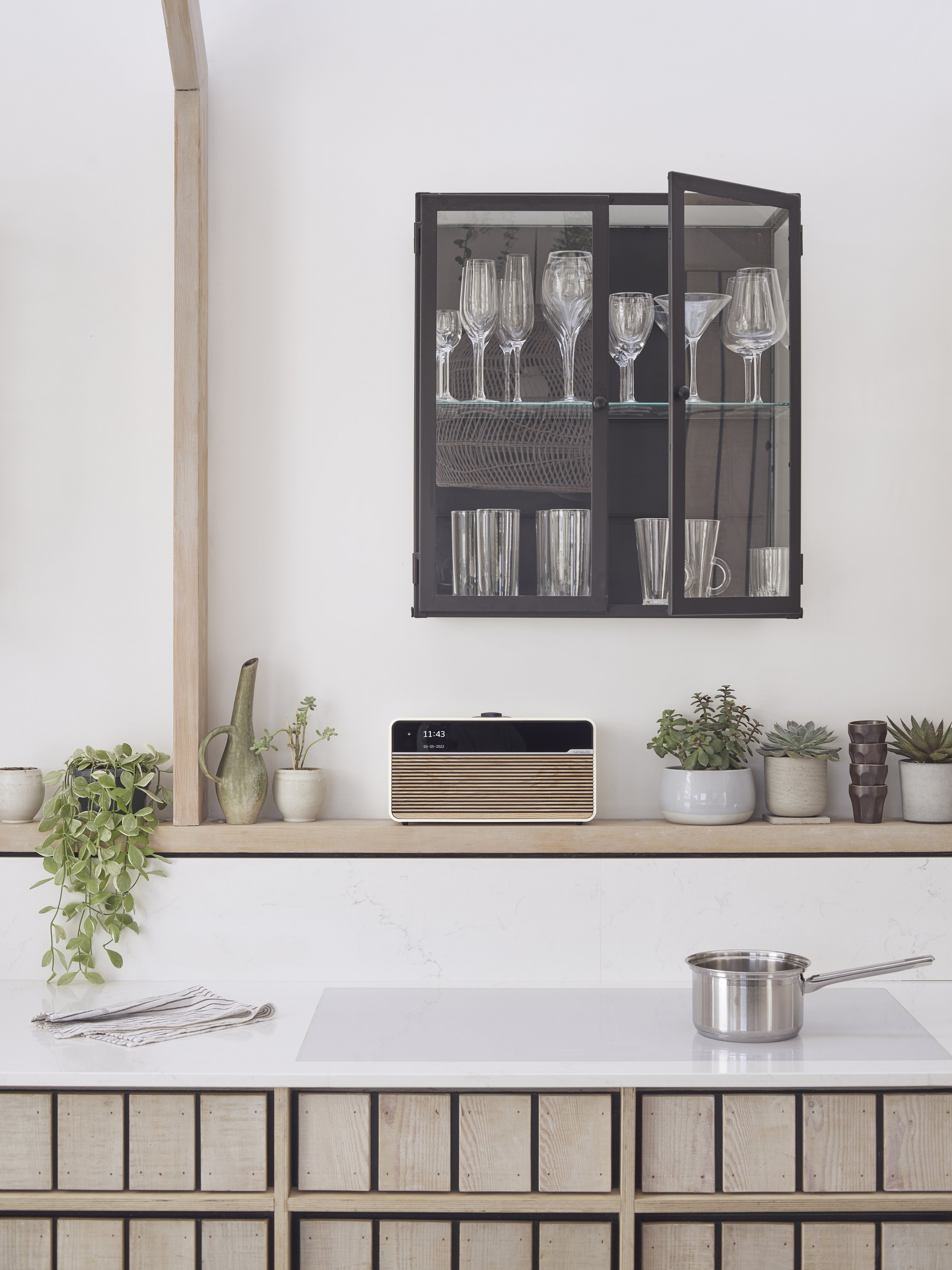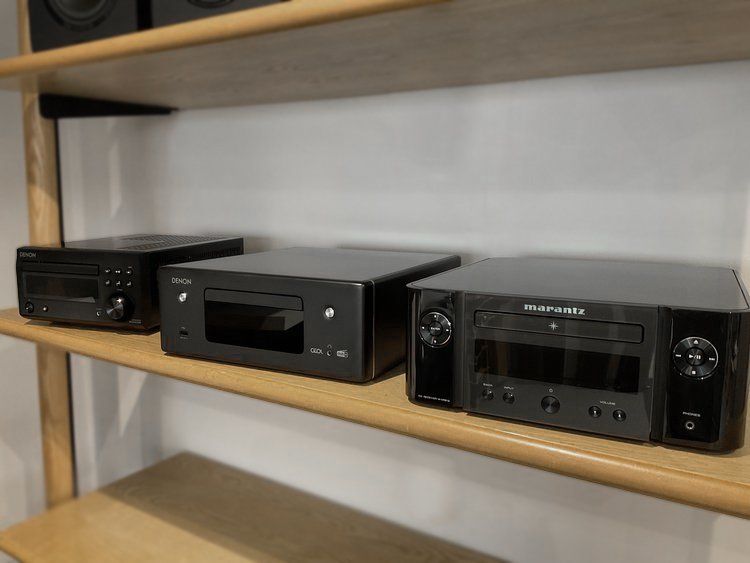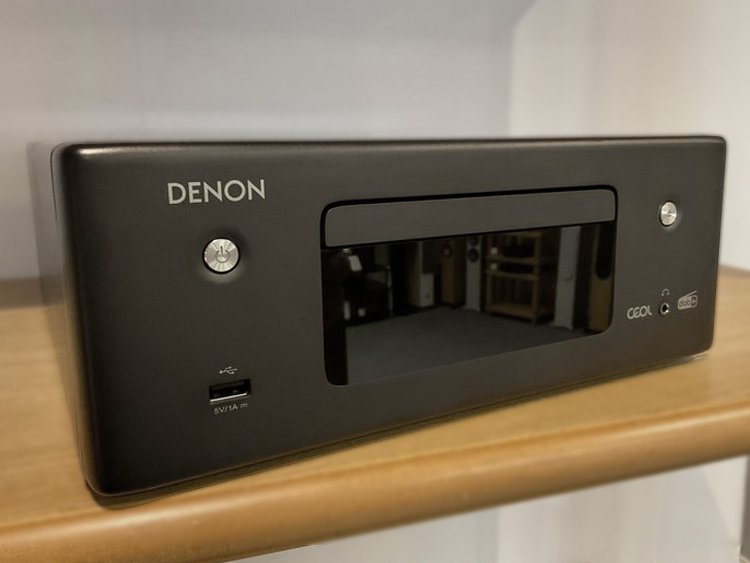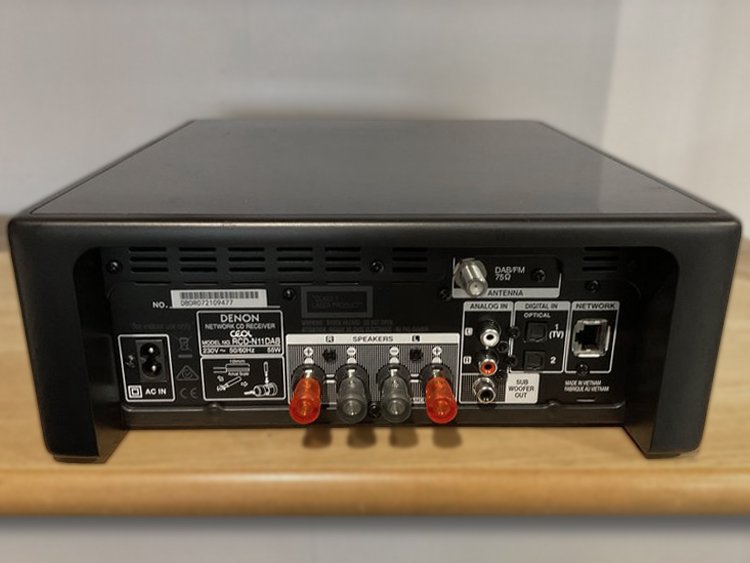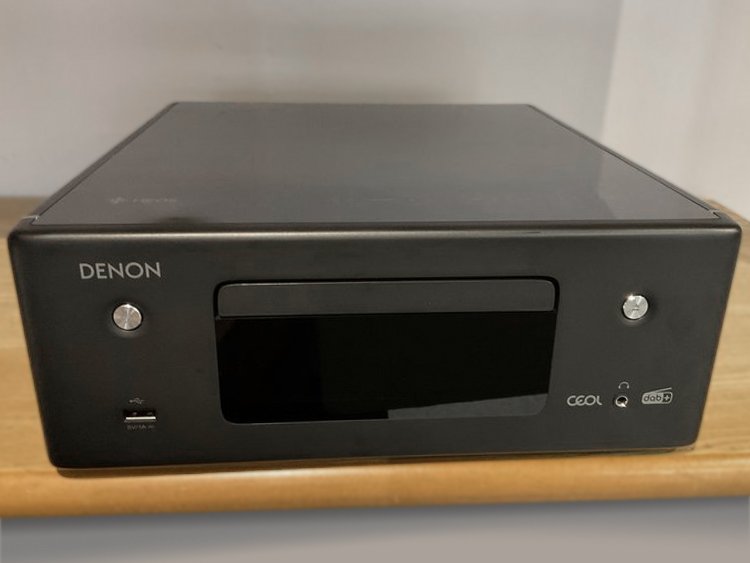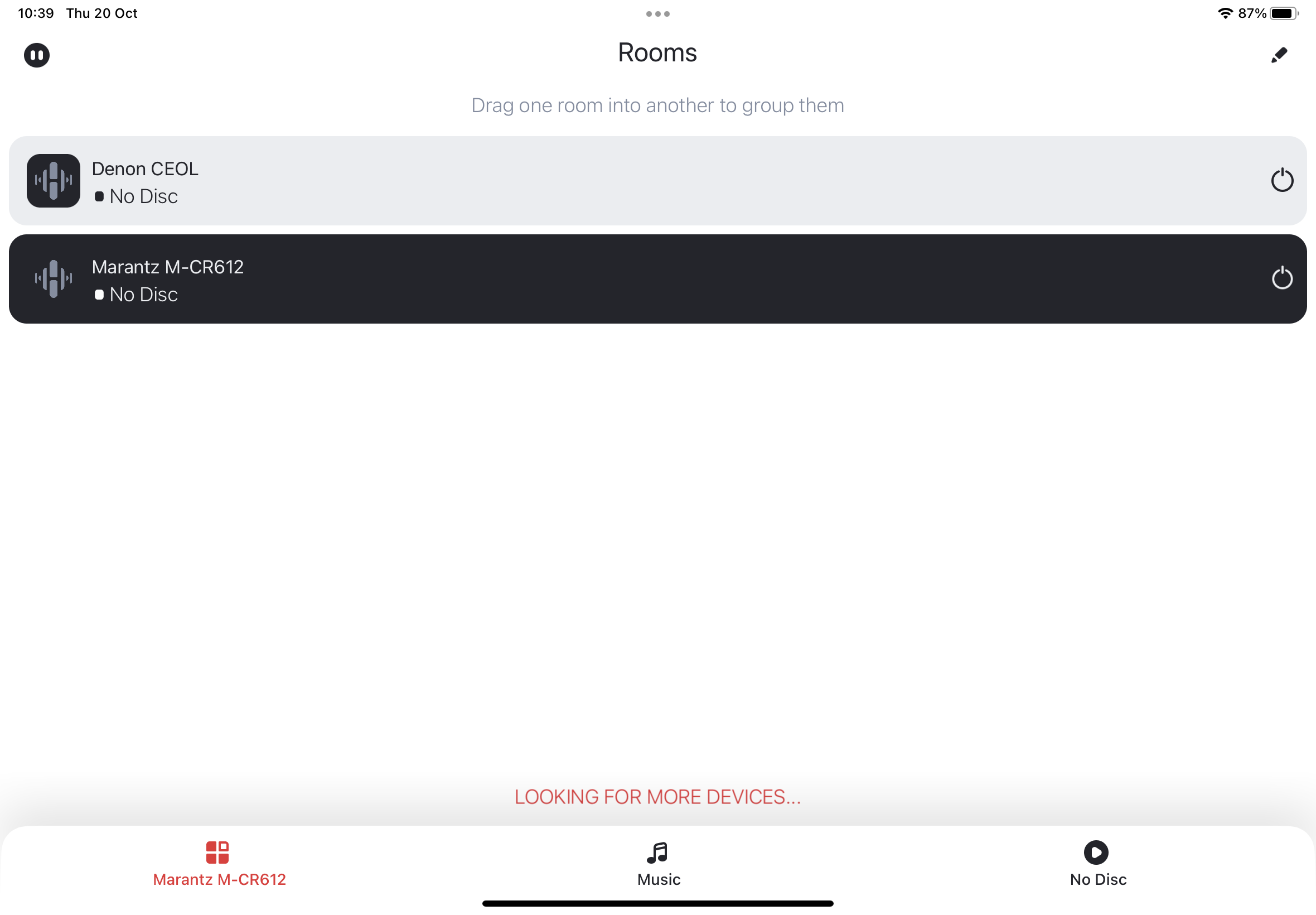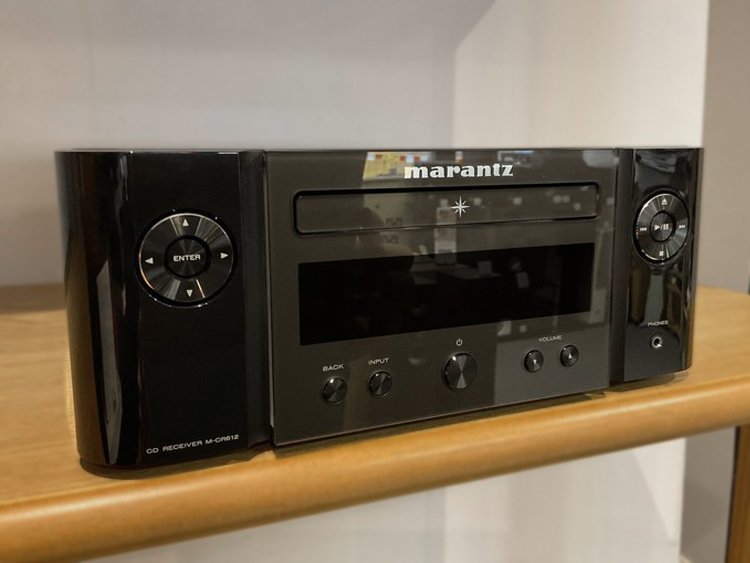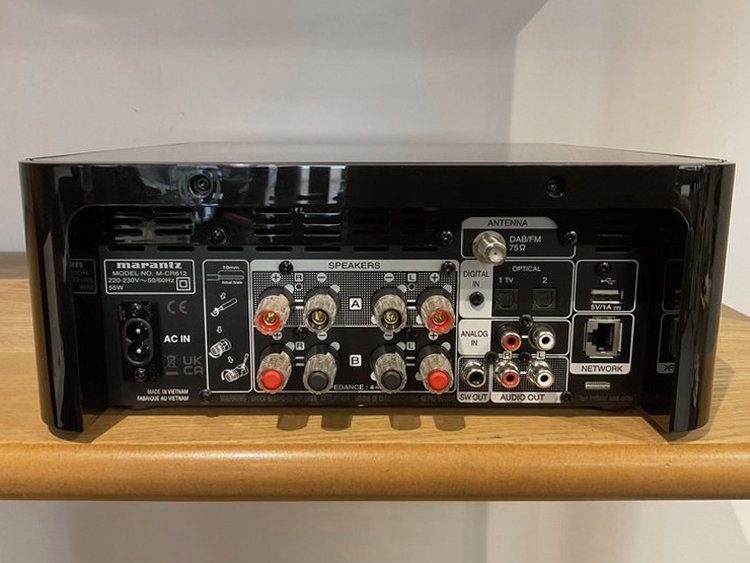Spot the difference! Taking a look at the Rega Planar 1 and Planar 2 Turntables
/They may look the same on the surface, but what exactly is the difference between the Rega Planar 1 and Planar 2? This is quite probably the most often asked question that I get in the shop, here at Audio T Cheltenham. Well as the subject of this month’s article, I will explore the differences and hopefully answer this question for you in detail!
Rega planar 1
Rega Planar 1
Apart from banana plugs and loudspeaker cable, The Rega P1 is the single thing in the shop that we sell the most of. Although it is the entry level model in Rega’s range, it punches way above its weight in regards to price point. It is built like a tank and is designed to be a “plug and play” solution. Rega actually boast that it can be set up within 30 seconds. Super smooth tonearm bearings mean that the RB110 arm factory fitted with the Carbon Cartridge will track those record grooves with consummate ease for years and years. Latest drive belt technology with the EBLT belt delivers greater accuracy and improved speed performance. It boasts a hi-tech phenolic resin, flywheel effect platter which is powered by a high quality, 24V low noise synchronous motor.
RB110 arm ready for its close up.
The Planar 1 is available in matt black, matt white and now a stylish walnut finish that will complement most home furnishing styles. This model of turntable comes with a protective perspex lid to complete the look - Both the black and white finishes come with a clear lid, and the special edition walnut finish is supplied as standard with the premium smoked dust cover to set off the design.
I reckon that if you are a newcomer to the vinyl revolution, or if you are are looking to get back into vinyl, and want serious performance from a turntable that doesn’t cost the earth and will last you a lifetime, then look no further.
Rega Planar 2.
Rega Planar 2
The next model up the range is (surprise surprise) the Planar 2. As we’ve already said, you’d be forgiven for thinking it looked the same as the Planar 1, but if you look a tad closer you will see that this one has a whole host of features that the younger sibling lacks. Firstly, it has a heavier, float glass ‘Optiwhite’ 10 mm platter to improve tracking accuracy.
One of the biggest upgrade features between the two models is the improved RB220 tonearm with Rega designed ultra-low friction bearings housed within a brand new, stiffer and lightweight bearing housing. This was developed with a new updated adjustable bias mechanism allowing greater flexibility and compatibility with a wide range of cartridges should you feel the need to upgrade. This is not really possible on the P1 due to its fixed bias. On the P1 the headshell is glued onto the main arm tube. The arm on the P2 however has a continuous one-piece casting. This offers greater rigidity and better performance at the frequency extremes. Rigidity is massively important in a tonearm because the stylus is measuring minute movements. If there is any give or play in the tonearm then that will lose the valuable data recovered from the groove. Put simply; less music for your ears.
Under the rigid acrylic high gloss laminated plinth you will find a new 24V, low noise motor and a newly designed central bearing mean that this innovative new turntable is designed to extract the maximum amount of information and detail from your vinyl collection.
ajustable Bias housing on the RB220.
The proof is in the listening…
Right that’s all the nerdy stuff explained…now on to the fun bit, the listening. And as luck would have it, Riverside who are one of the most exciting producers of prog rock, have just released a rather fab new album which I will use to suss out the differences between these two decks!
Front cover of i d. entity the new album by riverside.
Along with Marillion and Porcupine Tree, Riverside, from Warsaw in Poland are one of the greatest Prog Rock bands of the last twenty years (Seriously… Look them up if you have never heard of them). This new album really shows off the band’s adventurous side, complete with energetic writing and a wonderfully immediate and enjoyable production. In particular, I love the throwbacks to the classic bands that peep through here—be that Camel, Rush, or the critically acclaimed, aforementioned Porcupine Tree - which give the album a timeless progginess.
It wouldn’t be prog without great art …. Inside the gatefold with lovely illustrations by Jarek Kubicki.
My reference system for this little escapade and the perfect partners for the Rega turntables consists of the newly reduced in price Rega Brio amplifier and the juicy little Acoustic Energy AE100² loudspeakers.
The sleek and minimal design of the Brio
This amp and speaker set up combines to produce a treble that is sweet and unfatiguing, the mid-band is lush but highly transparent and the bass has a glow and free-flowing, unforced quality, good eh?
Are Acoustic Energy the hifi worlds best kept secret?
I chose side three track two… “Self Aware” for the business of comparing the P1 and the P2, and the differences are immediately apparent. The P2 gets much more information from the grooves. The music is easier to follow the dynamic range is better. The bass goes down quite a lot deeper too and is firmer and better defined. What impressed me the most was how the P2 made the vocals sound like they were being sung with more passion and were more emotionally charged. The juxtaposition of the lead guitar and the “Tangerine Dreaminess” of the synthesiser becomes more deeply hypnotic. Then at around the five and a half minute mark when you think the band are winding down is when the track really takes off with throbby deep bass guitar and beautiful synth work that goes on for another glorious four minutes of prog rock heaven!
More of that gorgeous artwork from the lyric sheet.
I think most people will be rather pleasantly surprised by the gulf in the performance of these two vinyl spinners! The Planar 1 is arguably one of the best entry-level vinyl spinners for the money on the market, but the improvements in the quality of components of the Planar 2 really do raise the level of enjoyment quite significantly and make it well worth the extra investment! Oh….and don’t forget you can upgrade the cartridge on the Planar 2 thanks to the advanced RB220 tonearm, meaning you can improve on the sound even further should you so wish.
As usual, you are welcome to give us a call on 01242 583960 to arrange a demonstration for you to make your own comparison between the two. And if you’re just passing by, why not pop in and take a look?
Many thanks for reading!
Andy, Jon and Farid - Audio T Cheltenham.
If you have any questions about any of the items featured in this article, and would like to hear how good your favourite albums can sound on some of our finest systems, or if you have any other Hi-Fi or home cinema enquiries, be sure to Contact Us.
If you’ve enjoyed reading this, why not go ahead and read some more of our other blogs, and be sure to follow us on our social media channels below…
Rega can be found at the following Audio T stores
Acoustic Energy can be found at the following Audio T stores







